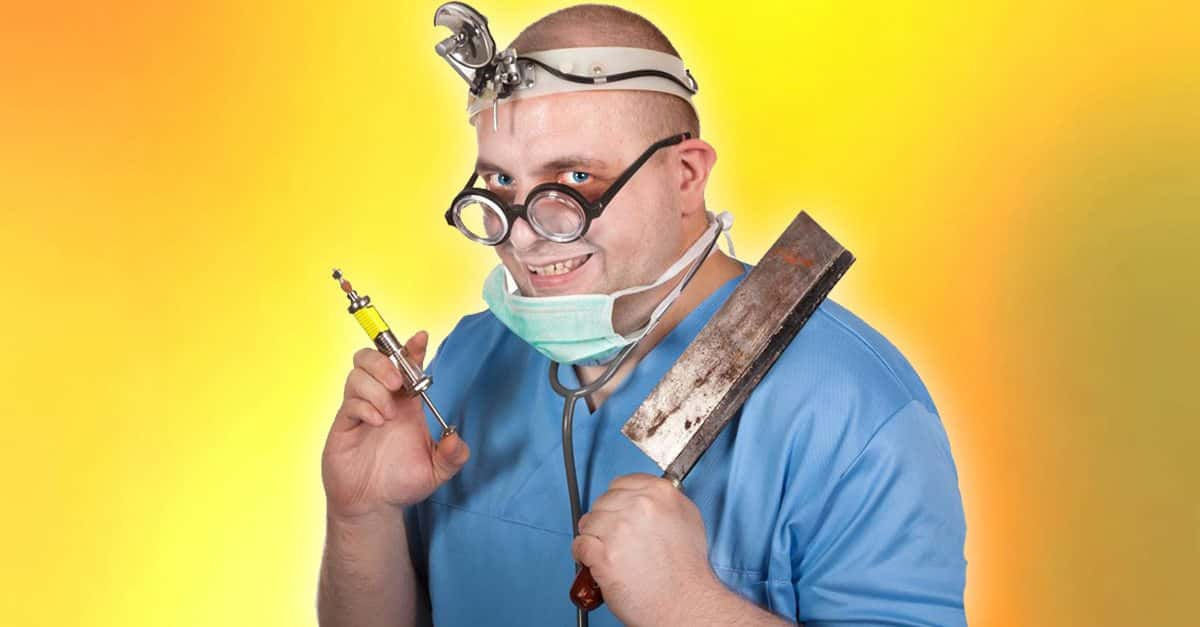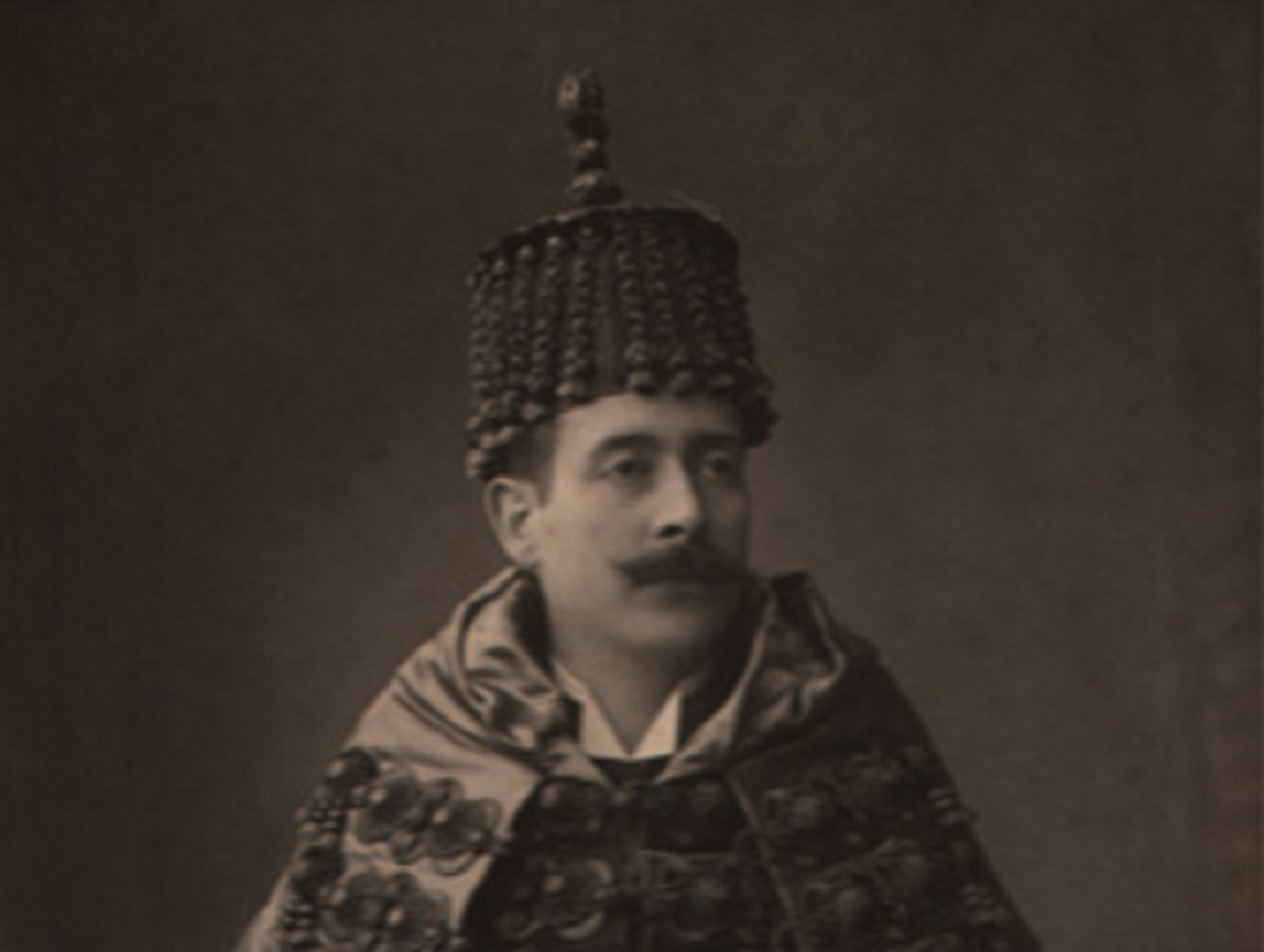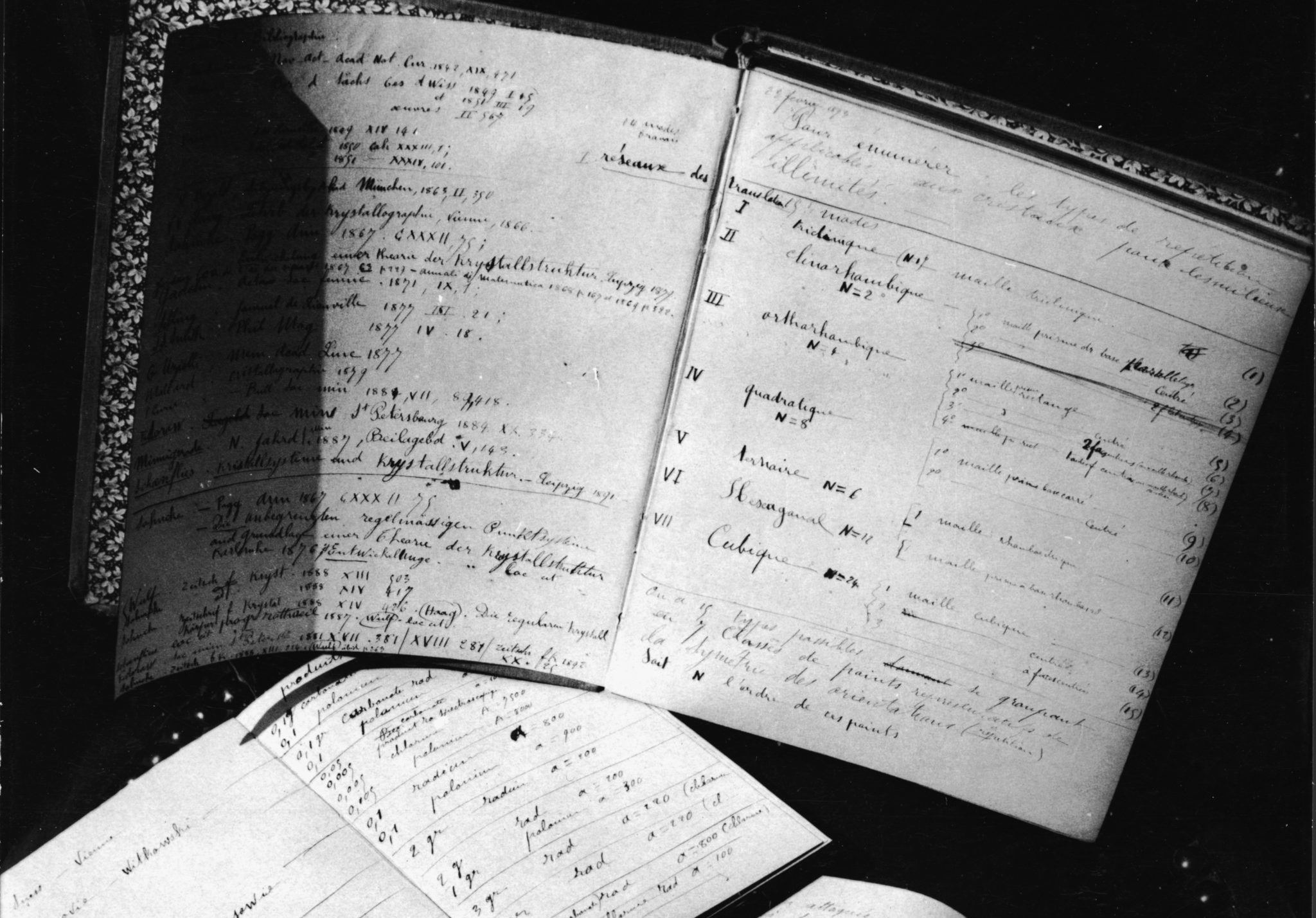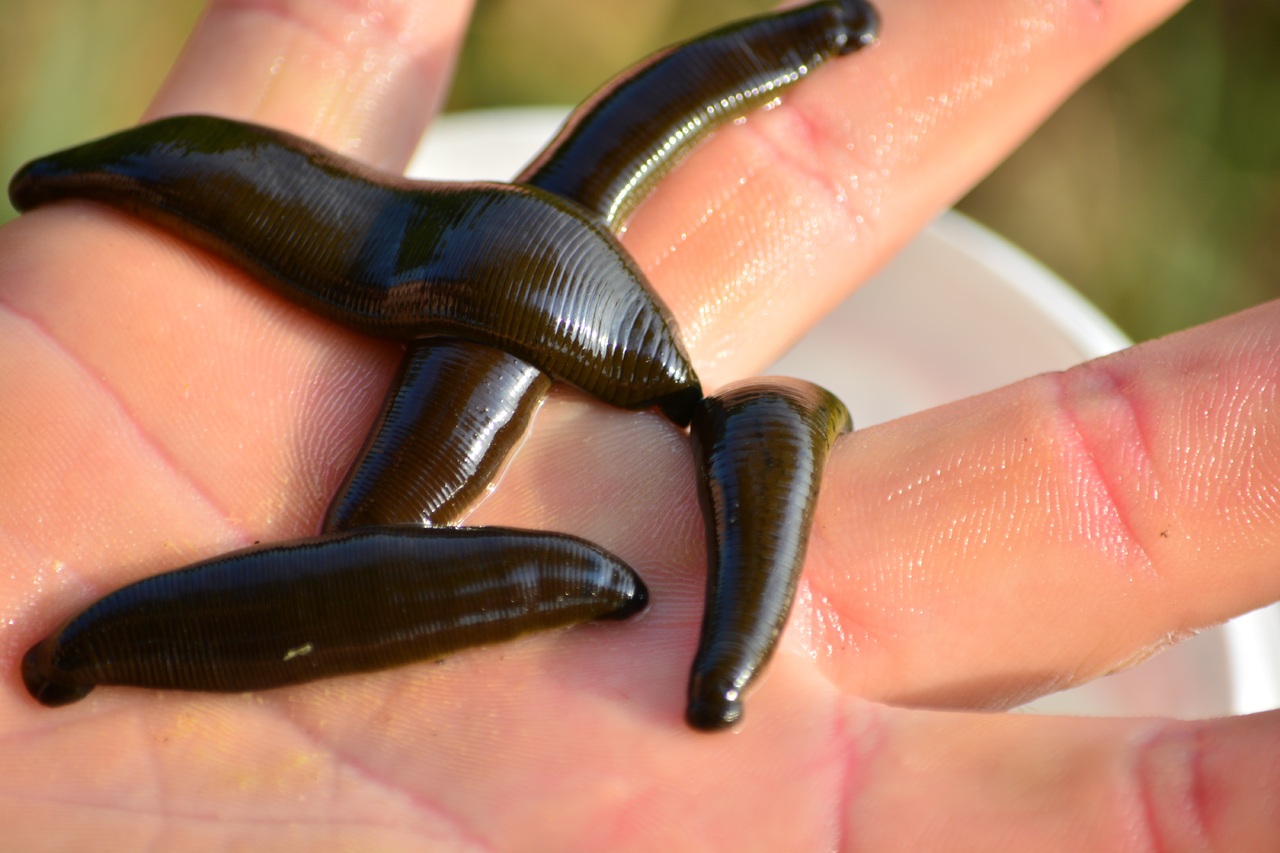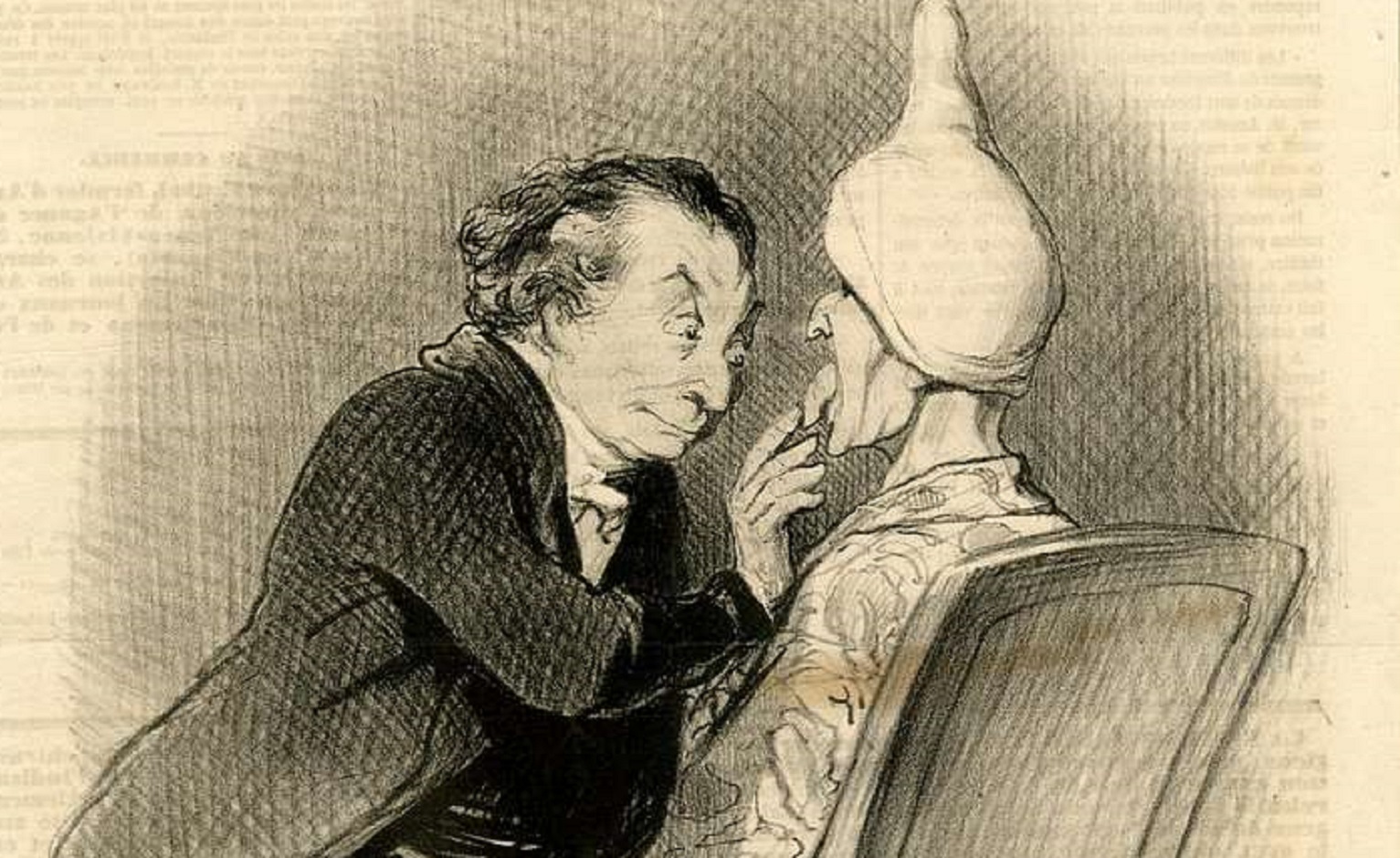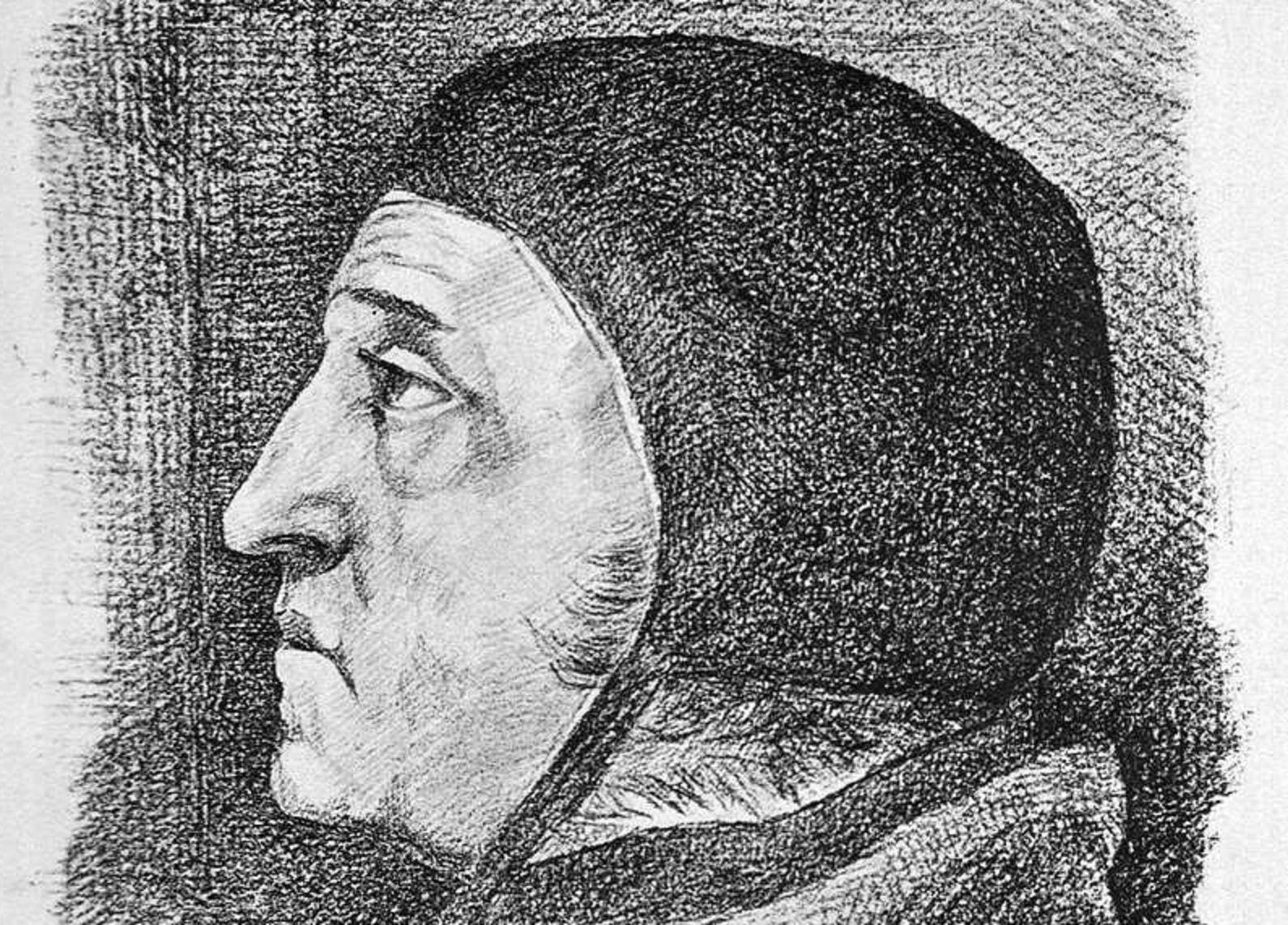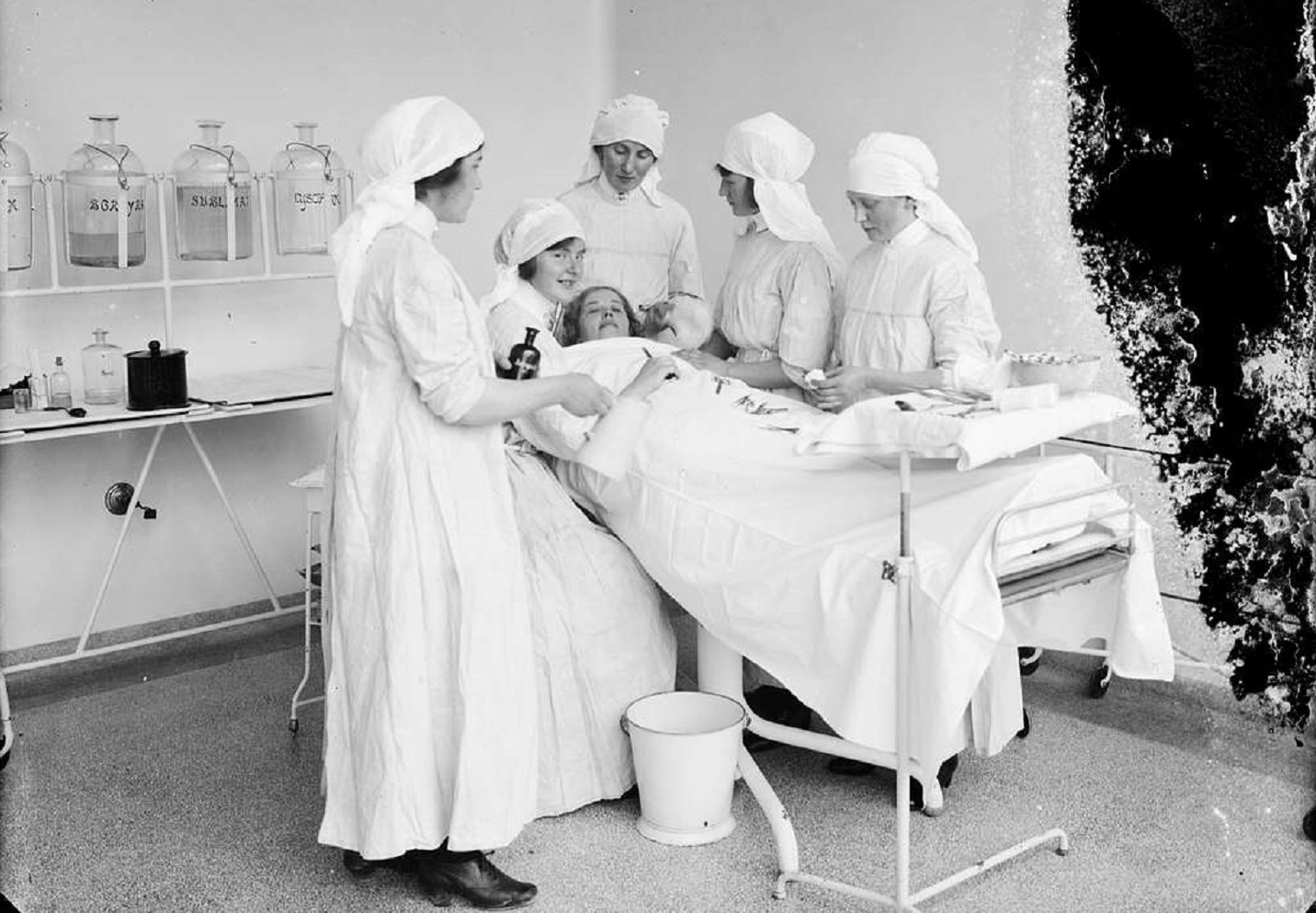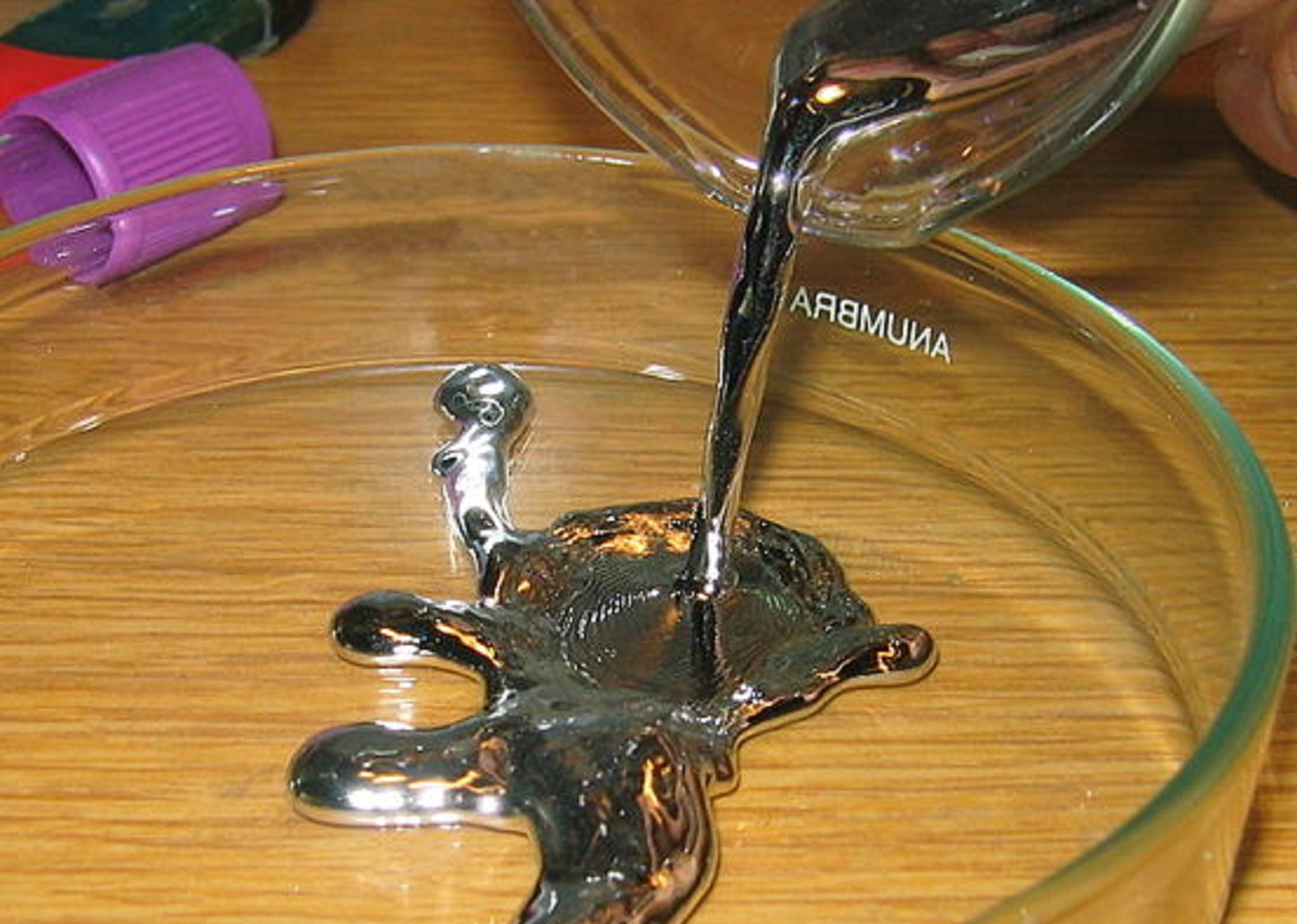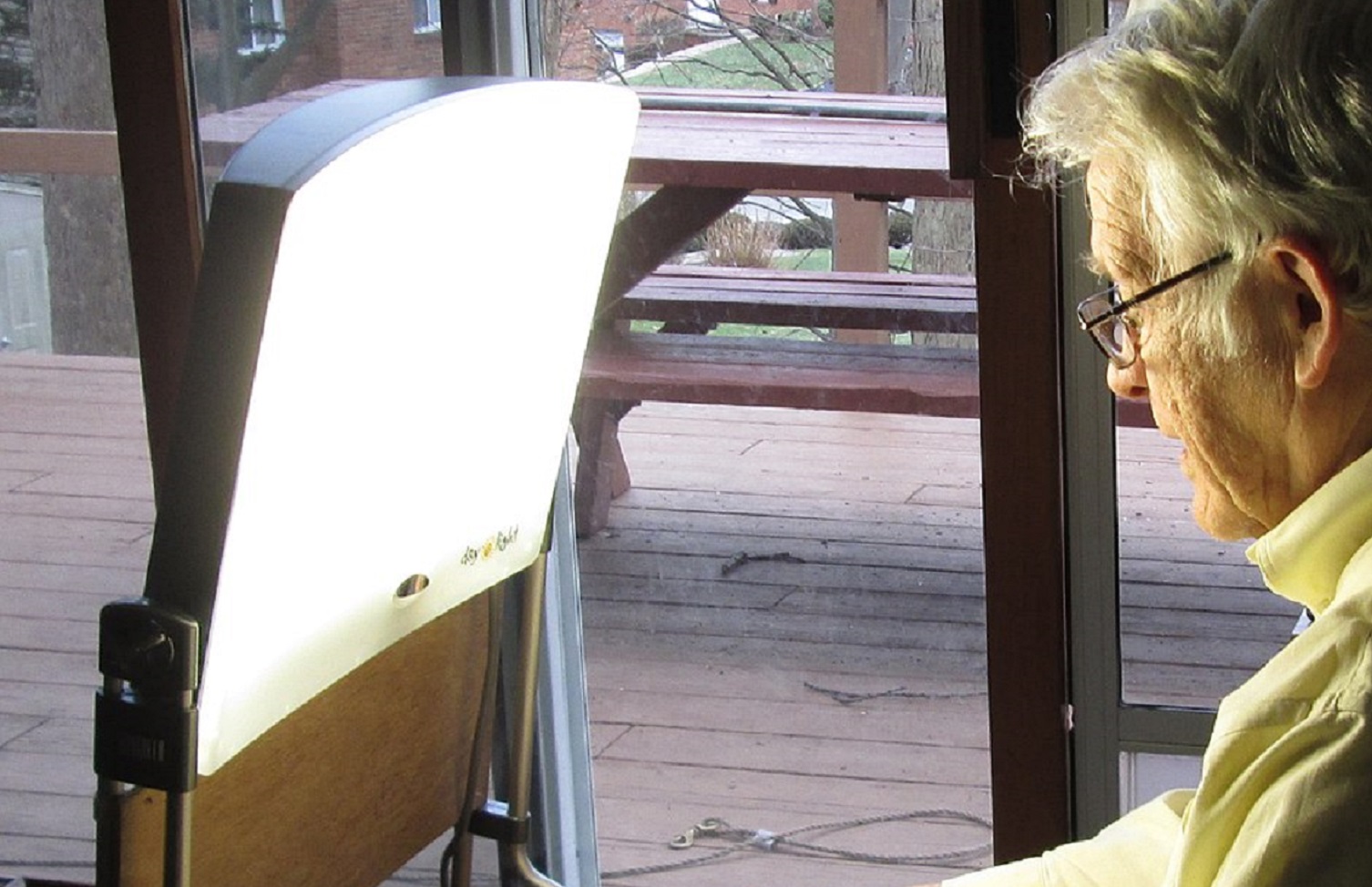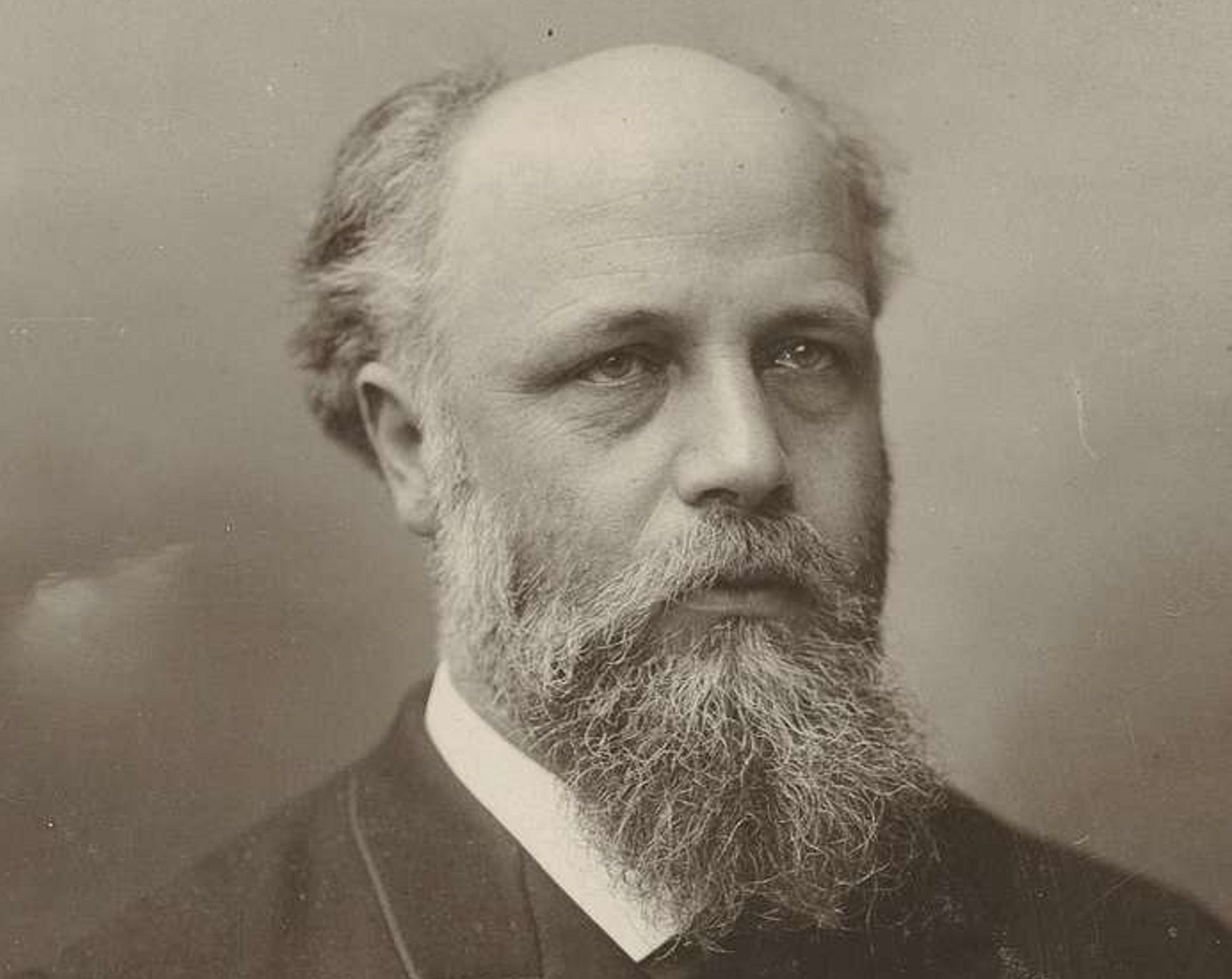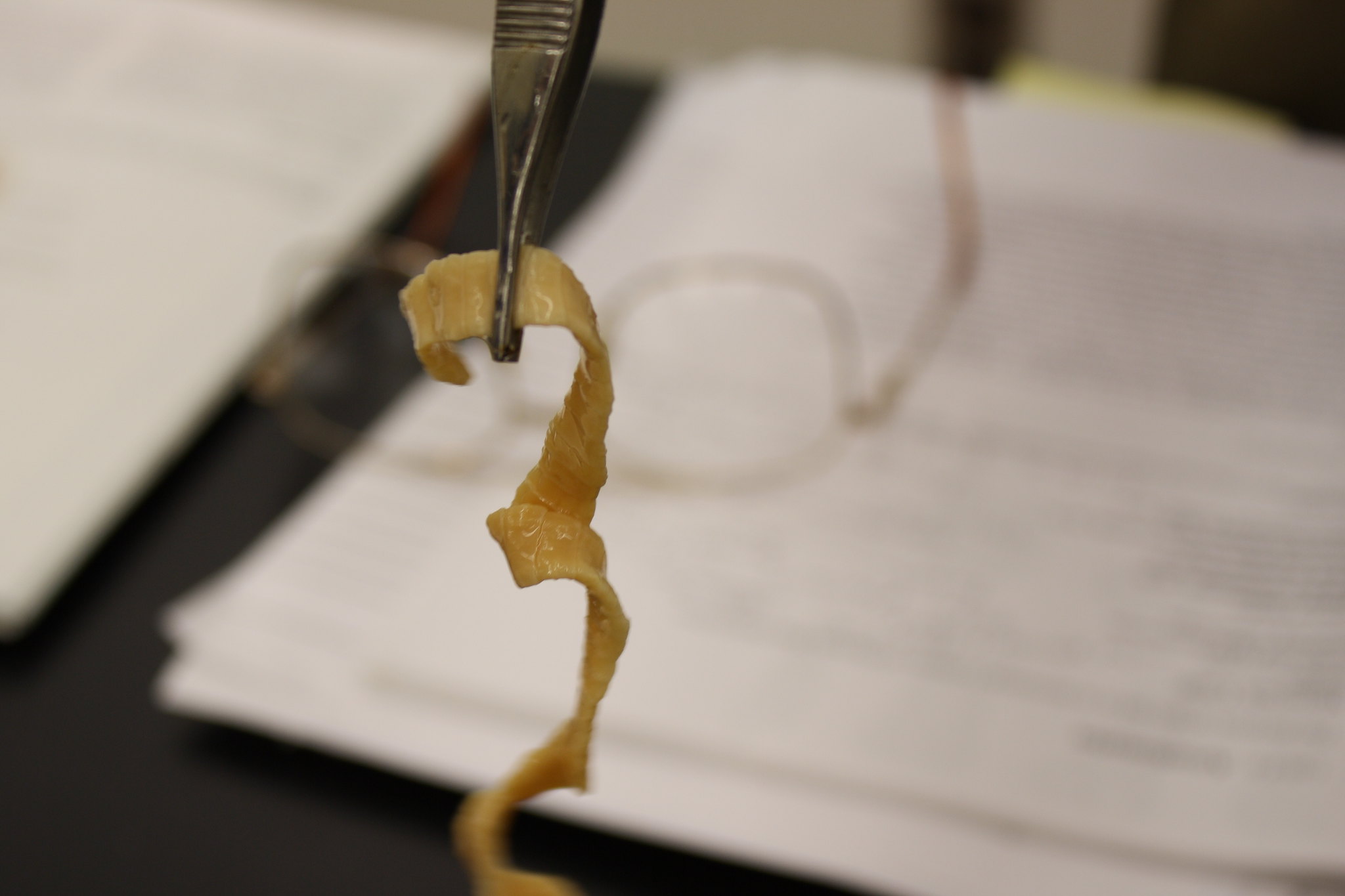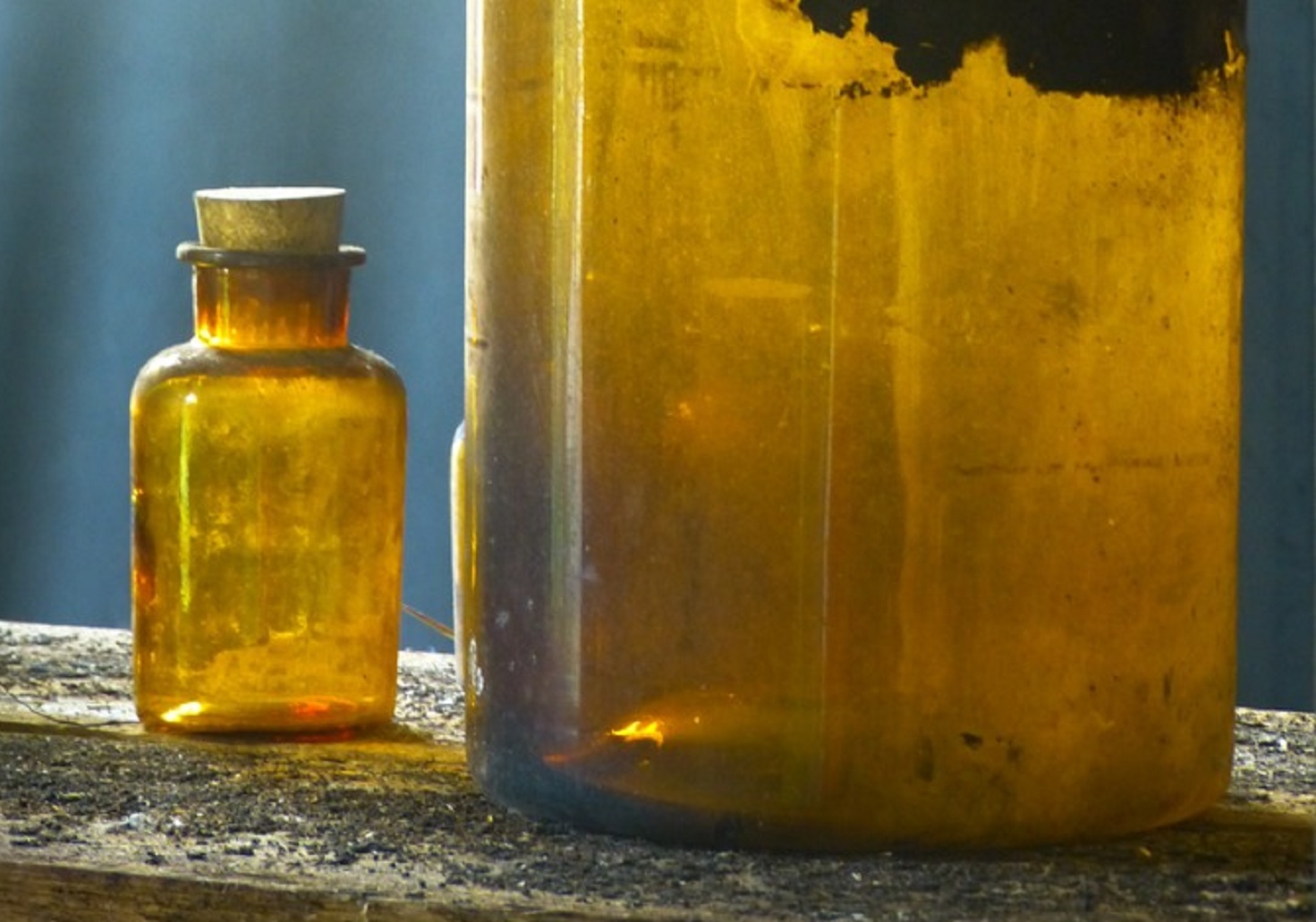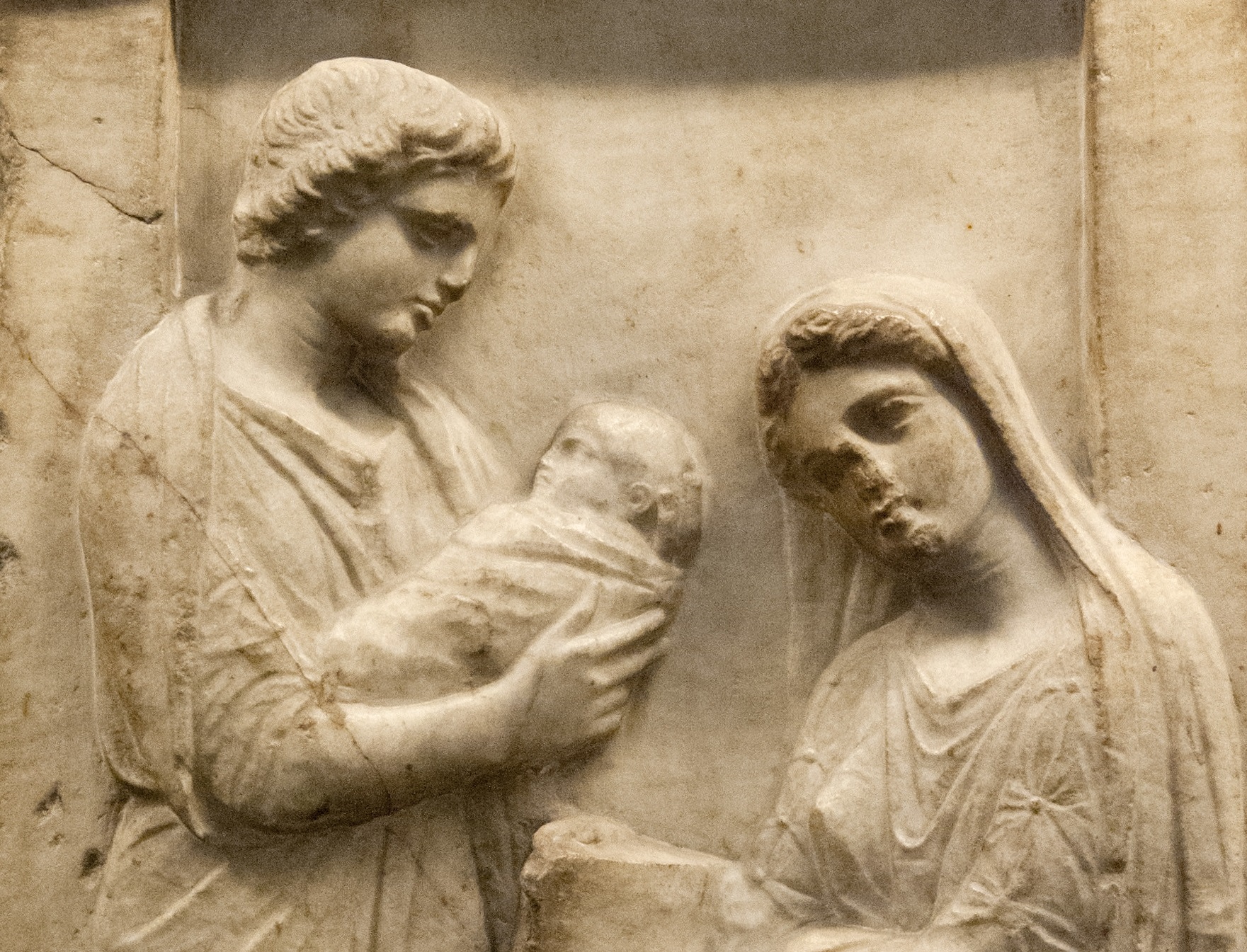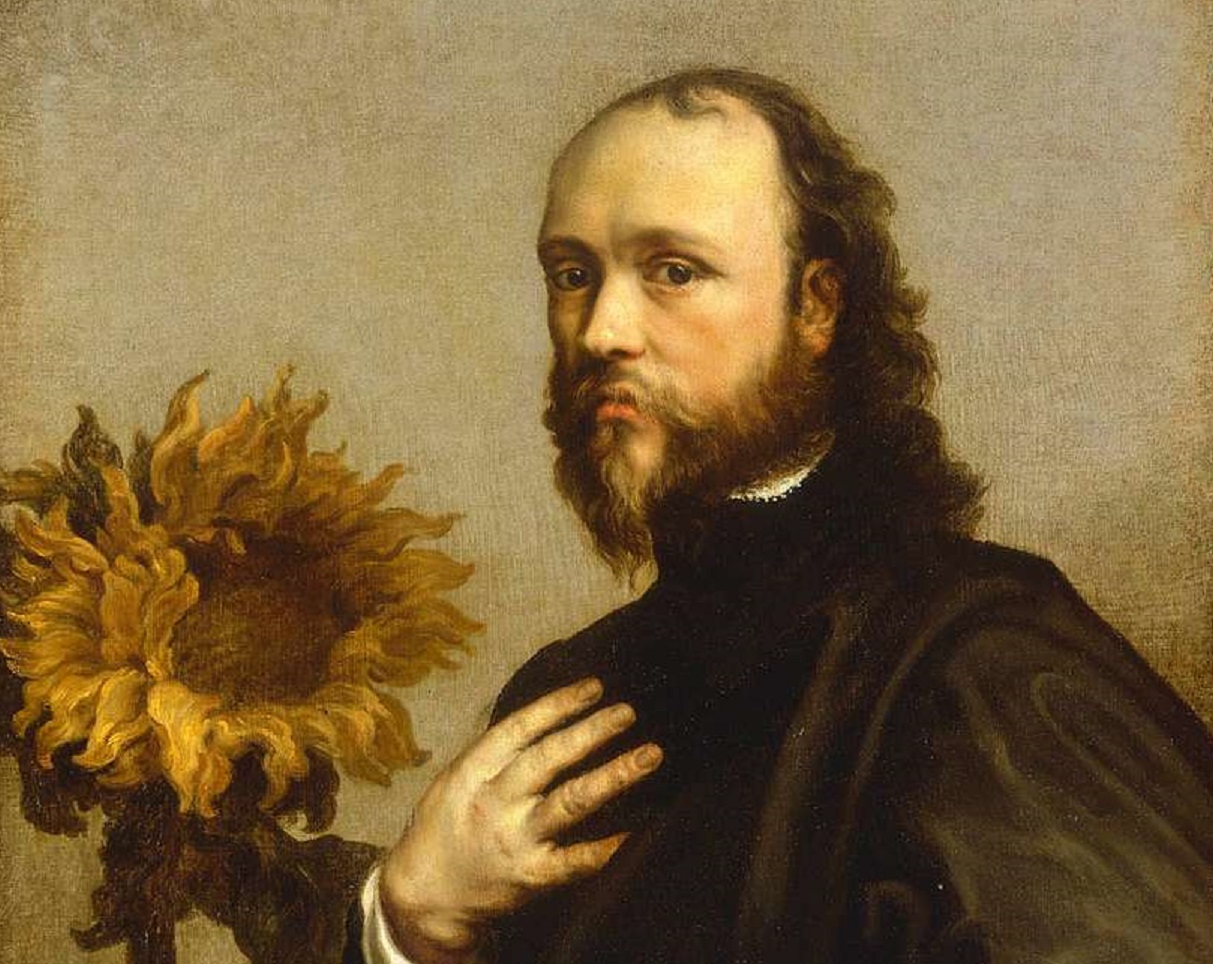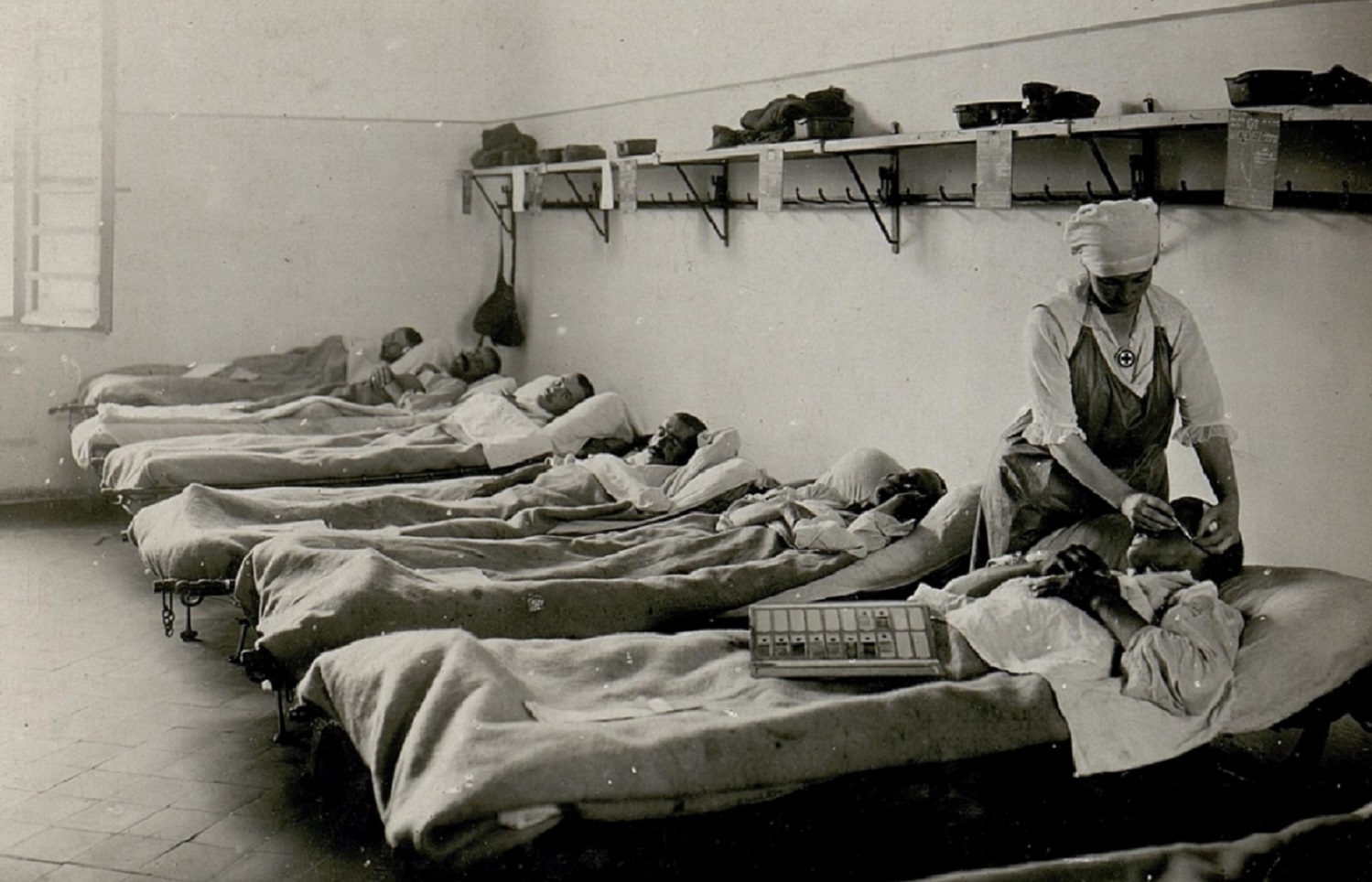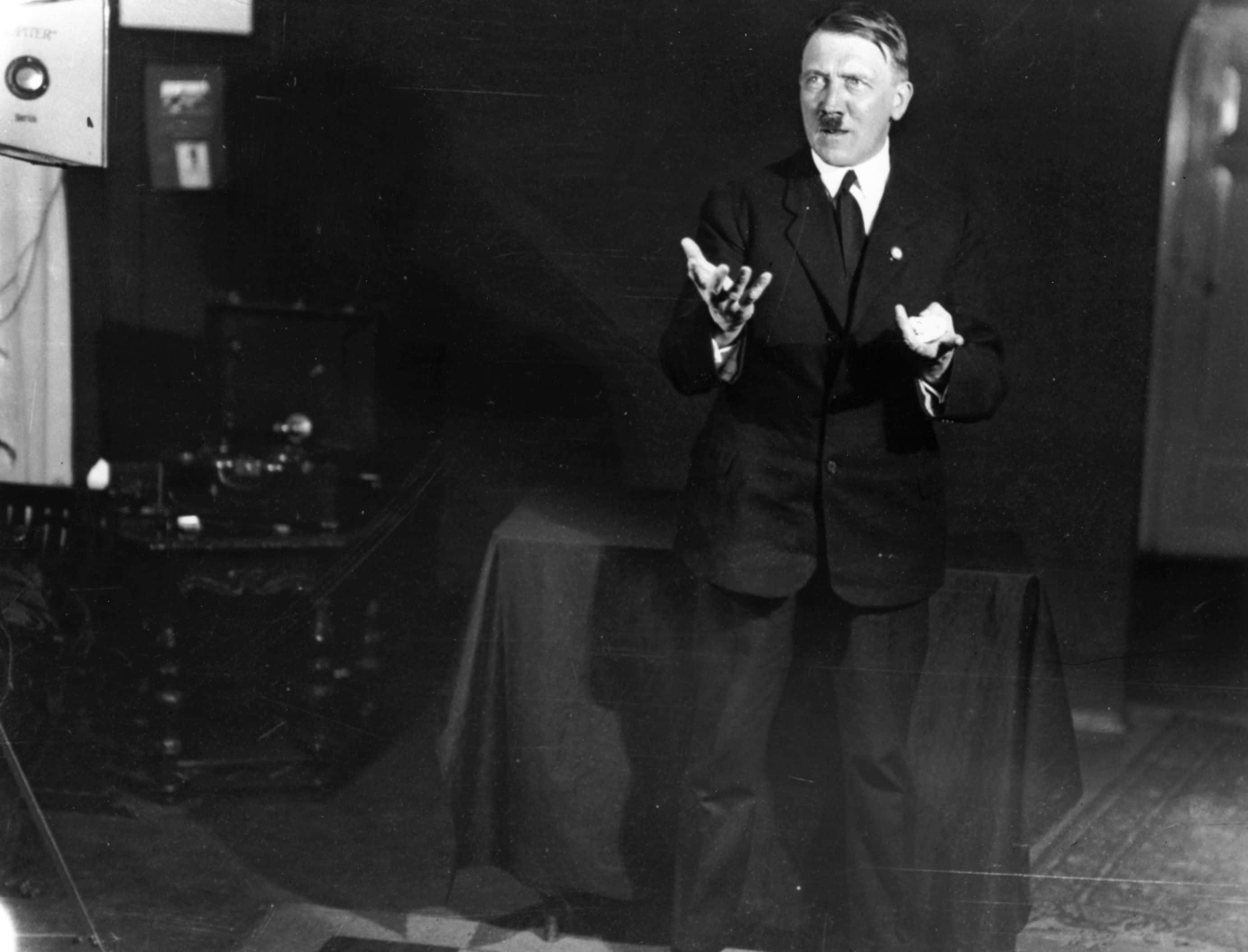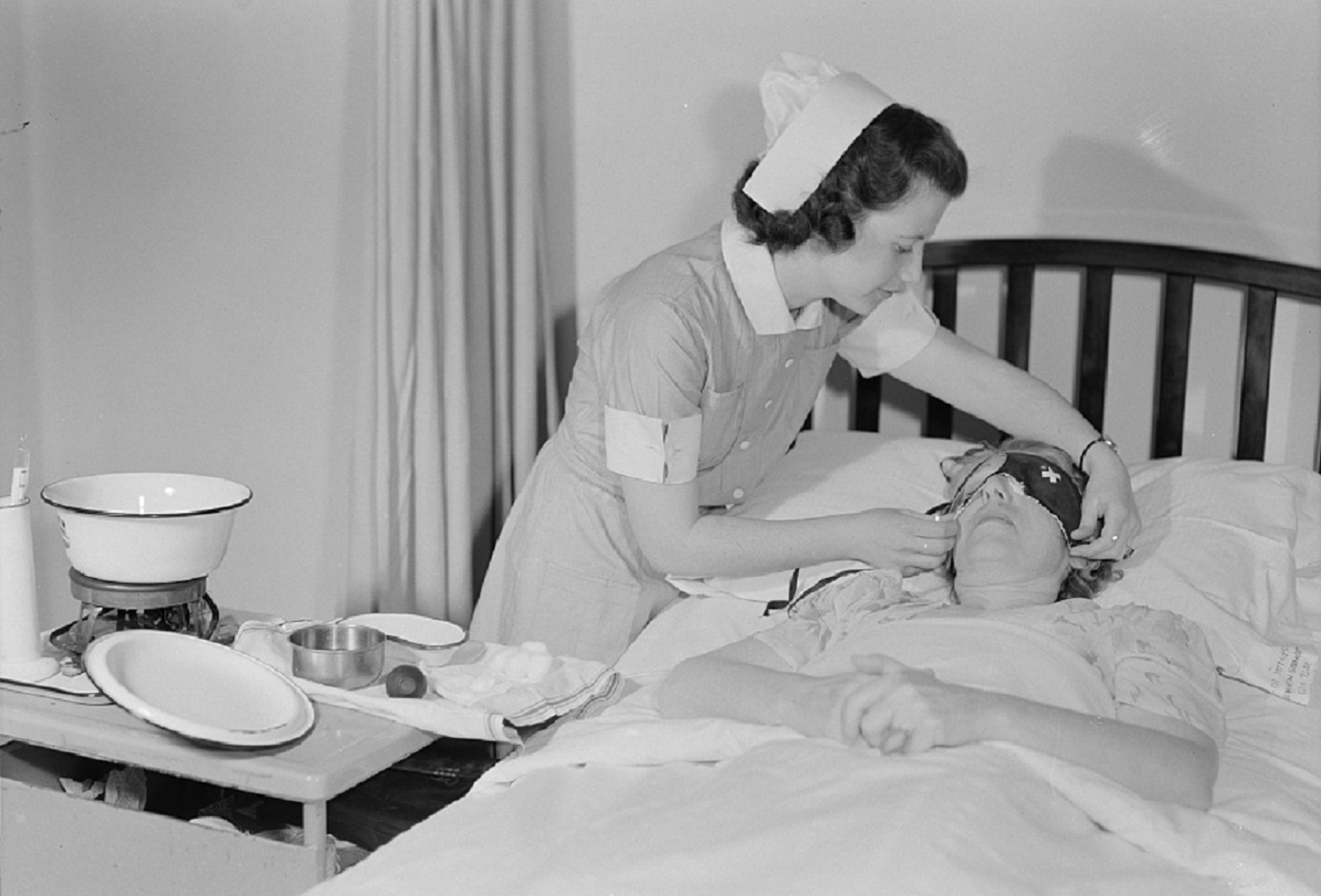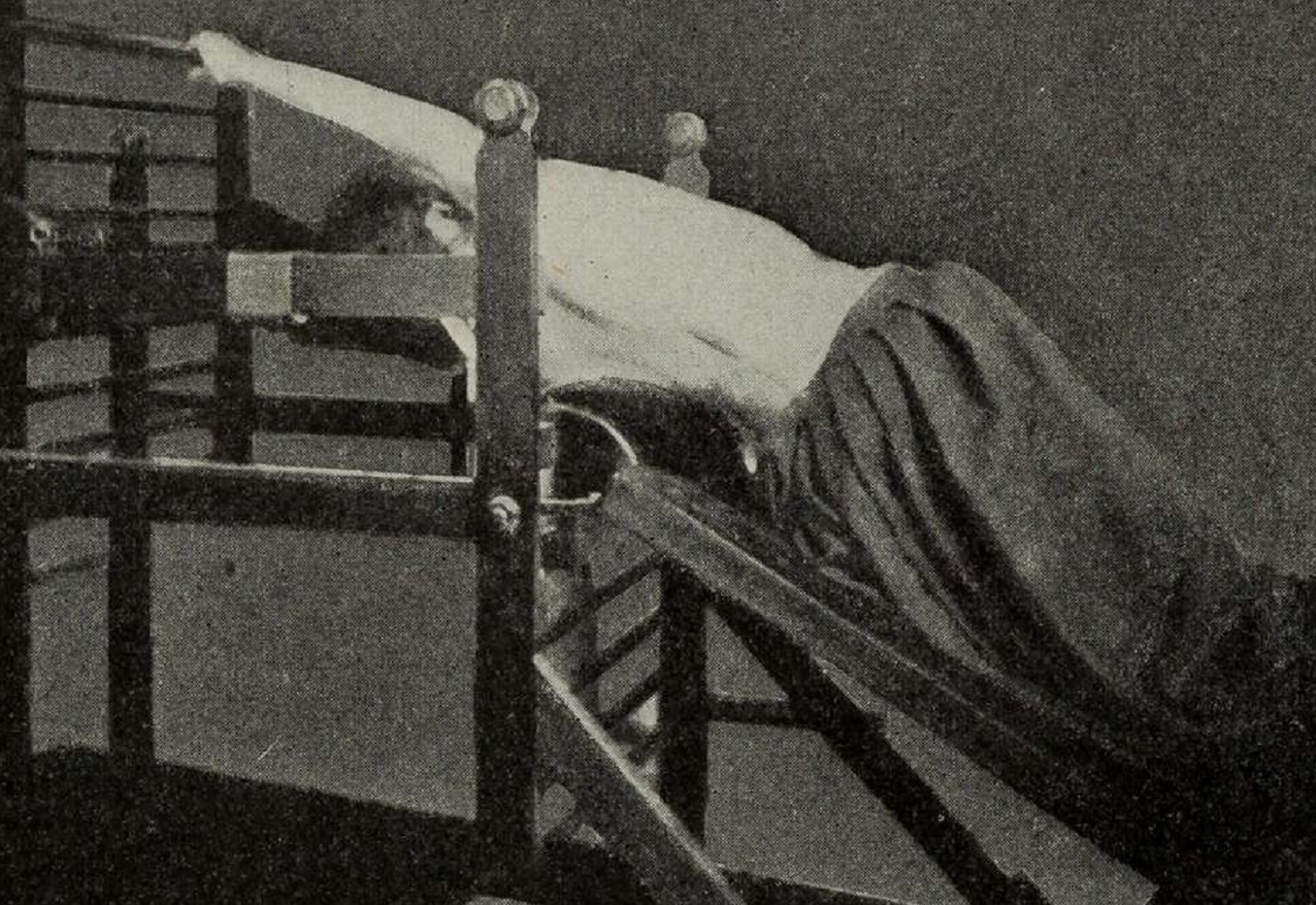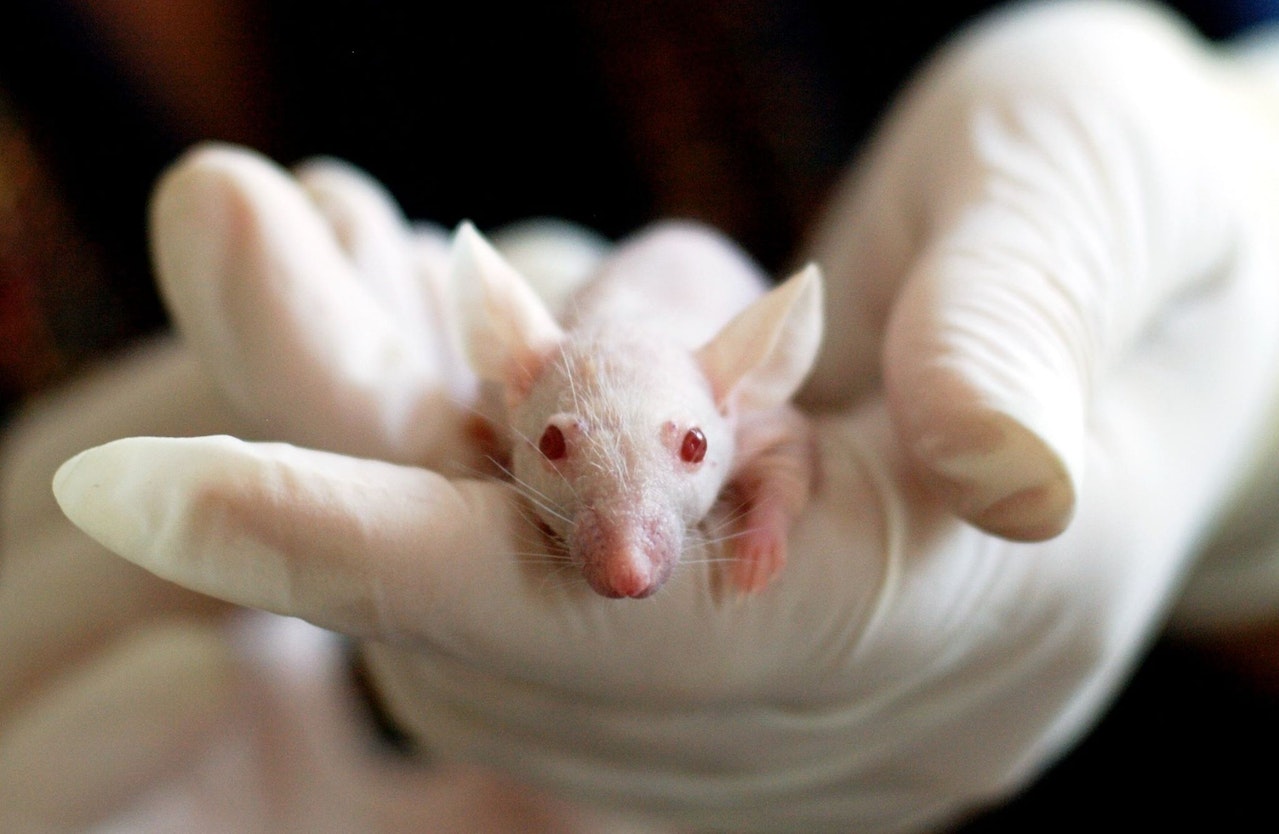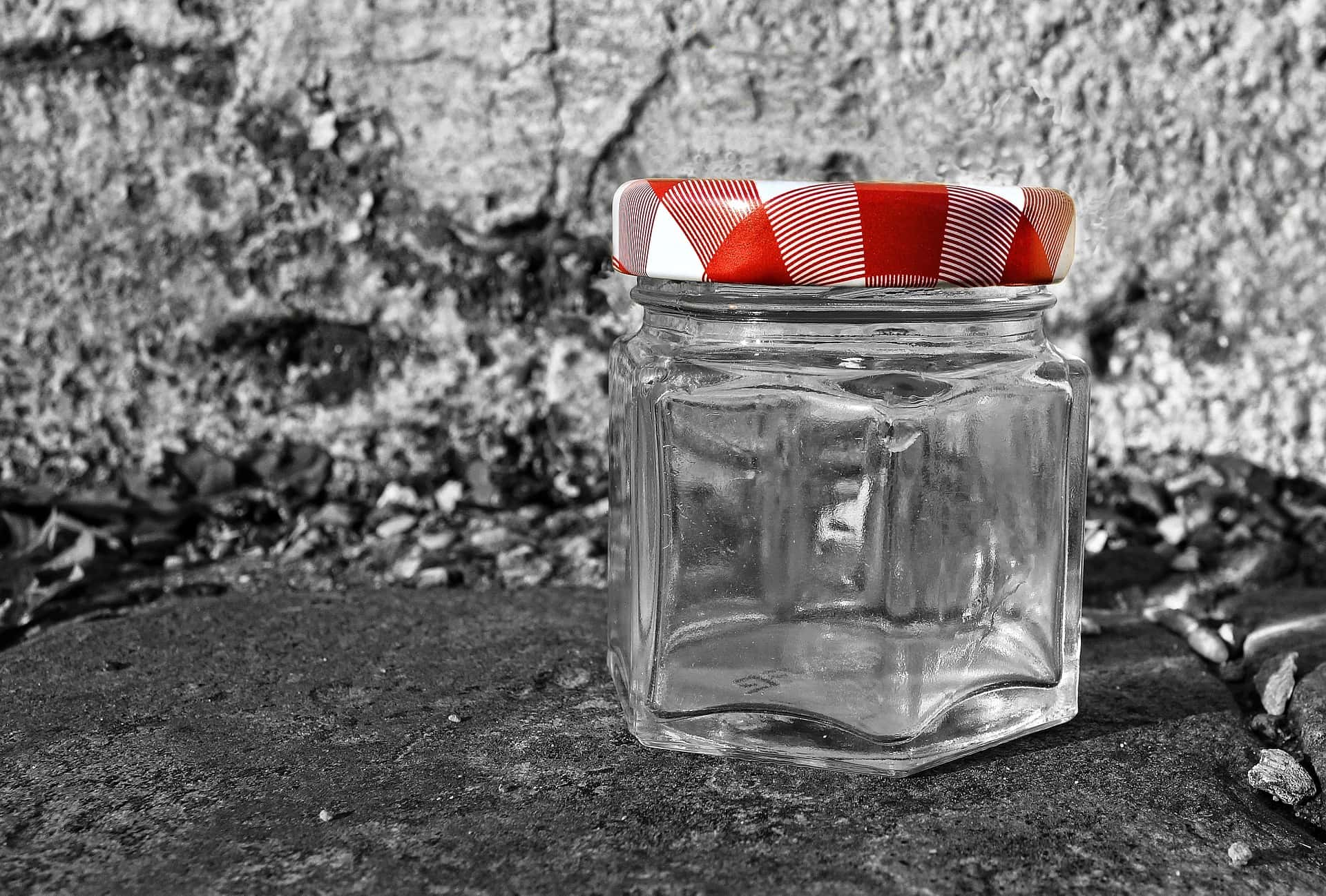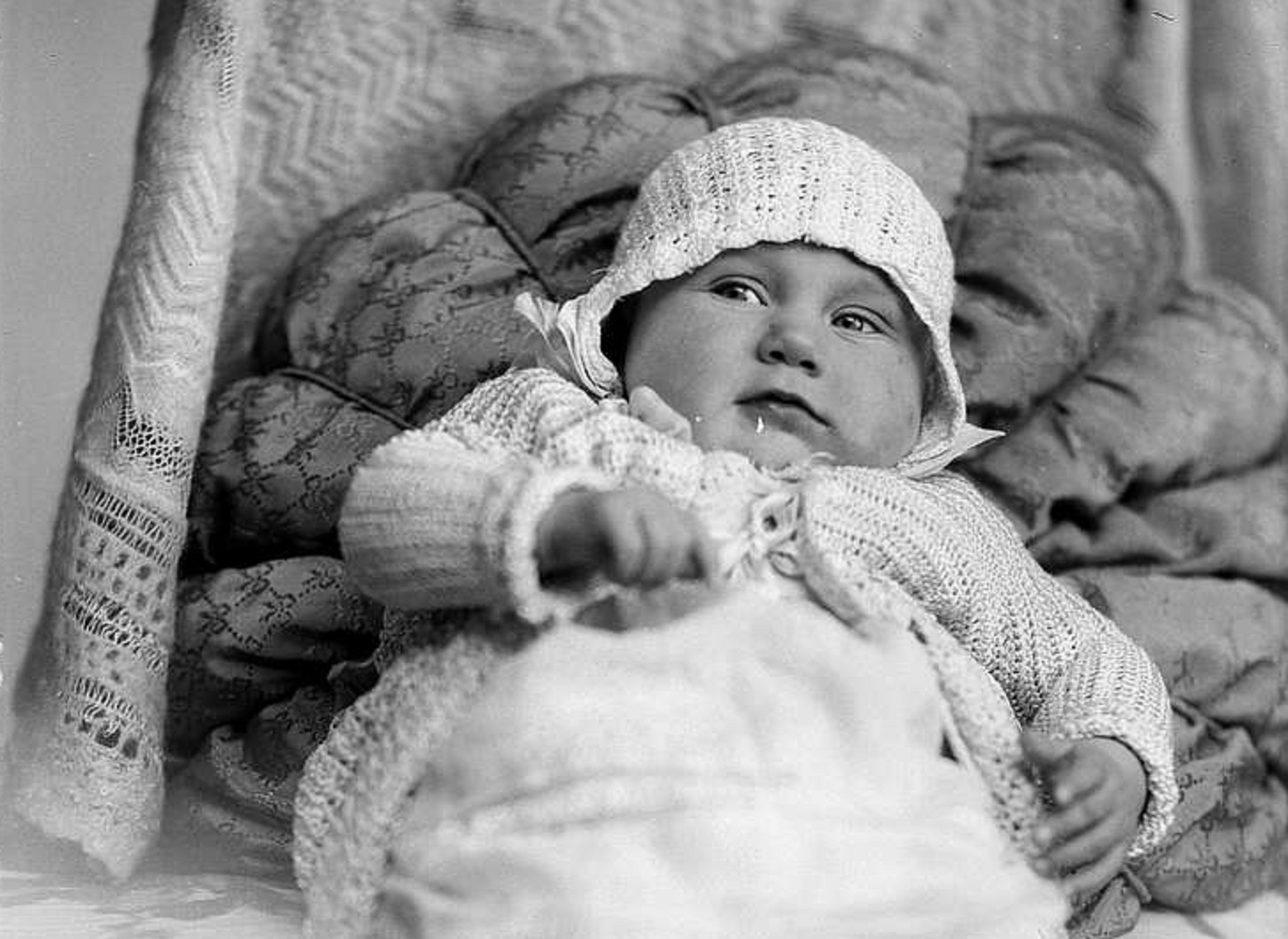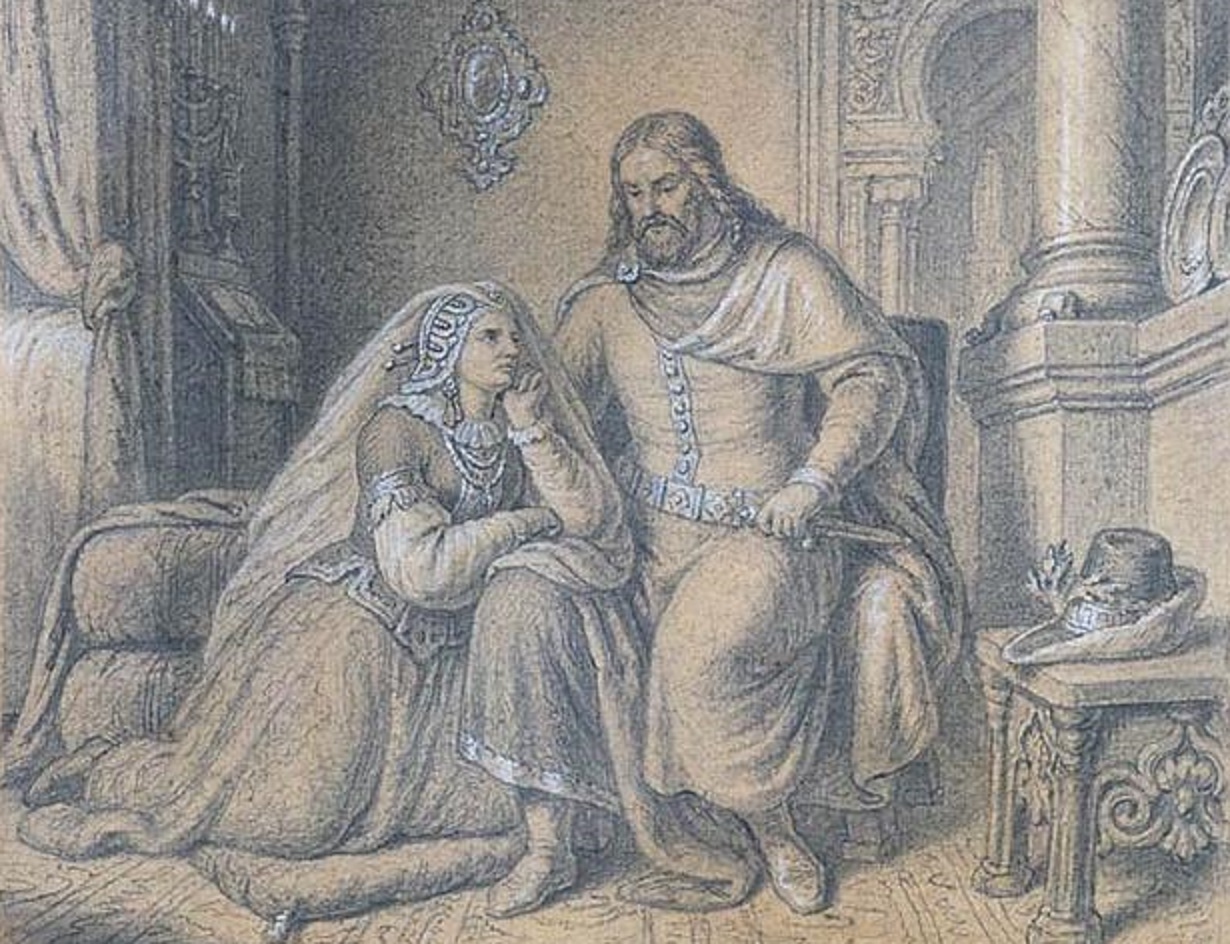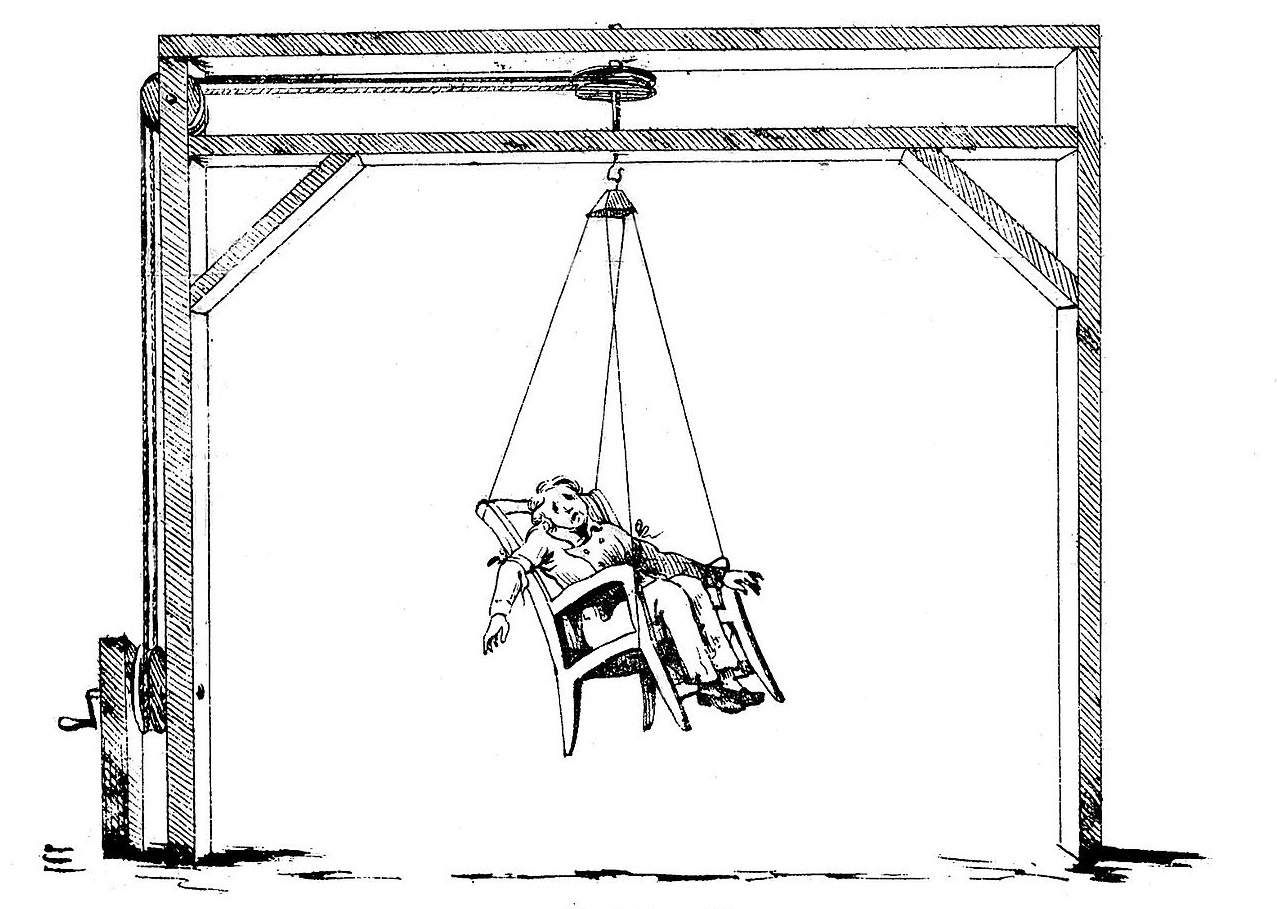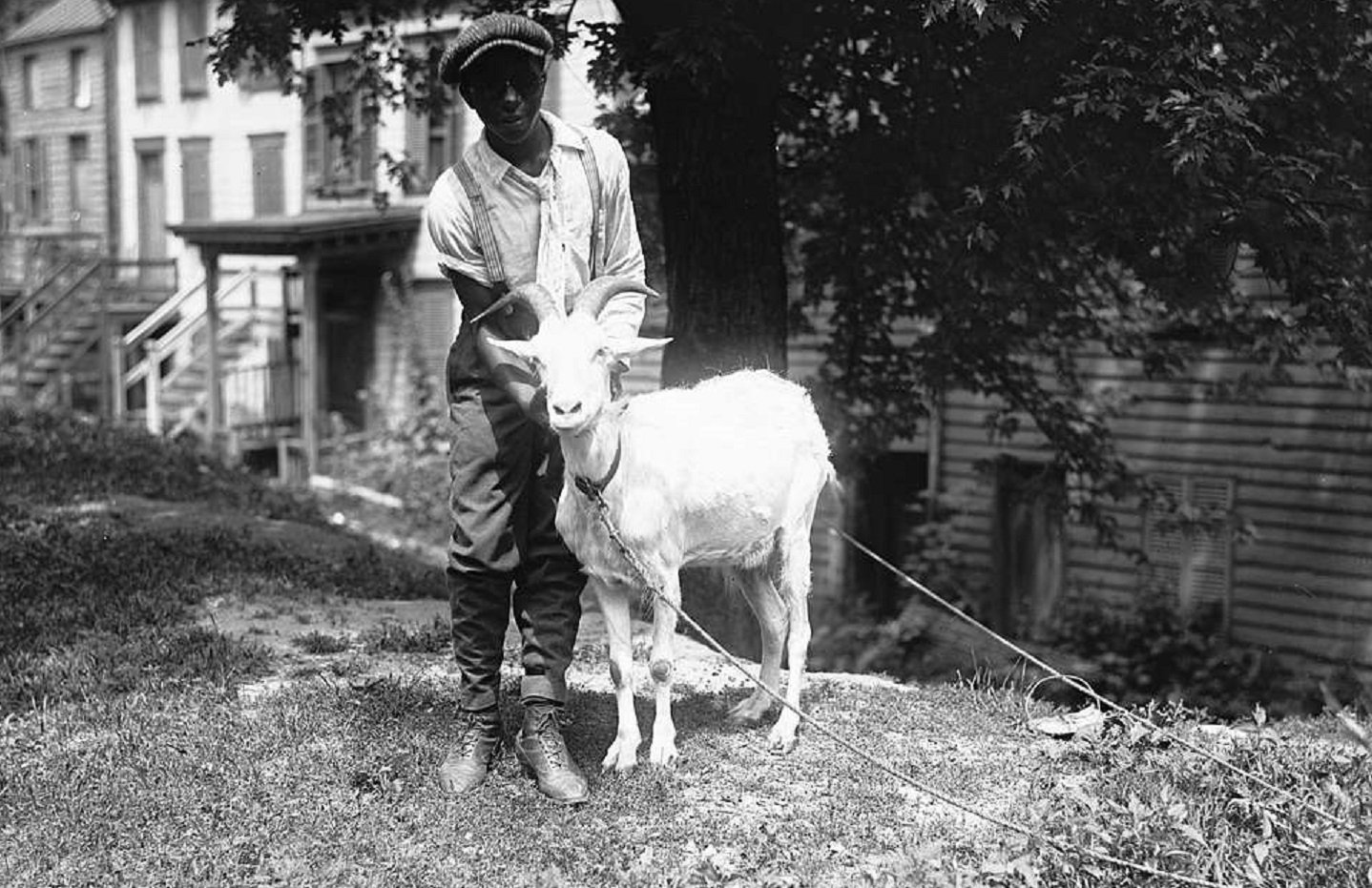“The reason doctors are so dangerous is that they believe in what they are doing.”
— Robert S. Mendelssohn.
Few of us are as suspicious of doctors as Robert S. Mendelssohn, who spent much of his life campaigning against what he saw as the over-reaching ambitions of the medical profession. Throughout the middle part of the last century, Mendelssohn argued that previous public-health failures (such as ineffective vaccinations, or failed cancer treatments) were evidence of an industry which was far less capable than its participants got credit for.
Mendelssohn, like many great revolutionaries, was guilty of exaggeration. The vast majority of doctors (at least in America, where Mendelssohn campaigned) are and were talented professionals. And one could easily argue that the distrust of doctors which Mendelssohn stoked in the general public was utterly unhealthy.
But with that being said, Mendelssohn did raise some good points. Throughout history, there have been countless cases of doctors, surgeons, and the medical community at large, failing to provide sound care. Now, it should be said, such mistakes were almost always made in the pursuit of excellence and with the goal of furthering human knowledge. The medical profession likely has a more trusted track-record of honor and discipline than any other. But, as Mendelssohn pointed out, it isn't enough to have good intentions. After all good intentions, despite their nobility, can easily lead to disastrous consequences. The best-laid plans of mice and men...
So here we lay out some of medical history's most egregious mistakes and misconceptions. From using mercury to treat just about anything, to lobotomizing mentally-ill patients, many the ideas we once thought worked are now utterly repugnant. For the sake of understanding, it's worth knowing more about them.
Below are 45 crazy facts about true medical practices that doctors once thought worked.
1. Cut it Out!
In the 1930s, a practice known as lobotomy became popular as a treatment for mental illness.
The procedure involved cutting or scraping away most of the connections to—and from—the prefrontal cortex, which is the anterior part of the brain’s frontal lobes. It was, early on, seen as an emergency treatment for extreme disorders. And even then, it was acknowledged that the diminishment in unwanted symptoms came at the expense of a patient's personality... or even their life.
The use of the procedure increased in the early 1940s into the 1950s. By 1951, almost 20,000 lobotomy surgeries had been performed in the United States alone—the majority of which were performed on women. Although the procedure was noted to reduce some symptoms of mental disorder in some cases, patience inherited other sever and extremely common (almost universal) side effects. Immediately following the surgery, patients often experienced confusion and incontinence. The lobotomy also resulted in permanent mental impairment, reduced cognition, and a regression to an “infantile personality.” The mortality rate of the procedure was as high as five percent, and a high proportion of patients later committed suicide. Thankfully, after the introduction of antipsychotic medications in the mid-1950s, lobotomies were quickly and almost entirely abandoned.
There's a fascinating bit of trivia regarding the whole sordid tale, though: in 1949, the man who invented the procedure, Portuguese neurologist António Egas Moniz, won the Nobel Prize for Medicine.
2. Smoking is Good for You!
Before the dangers of smoking were understood, numerous ads hyped the health benefits of smoking. Some ads even included endorsements from doctors who would proclaim that their patients benefited from smoking a specific brand. During the late 19th and early 20th centuries, inhaling burning fumes from tobacco was a suggested treatment for Asthma.
3. What's That Buzzzzzzzzzzzzing?
The first use of electroshock treatments was in the 1940s. They were proposed as an alternative to lobotomizing mental patients.
In the intervening years, the suicide of high profile ECT patients (such as Ernest Hemingway), along with a negative portrayal in film and fiction, has given the treatment a bad name. However, it is still used today as a treatment for depression, mania, and catatonia—generally when patients are understood to be unresponsive to other forms of treatment.
4. A Metal Enema
In the Middle Ages, a popular treatment for intestinal issues was a device called a clyster: a long metal tube with a cup on the end. The tube would be inserted into the anus. Medicinal fluid poured into the cup would then be pumped into the colon. Fluids could have included anything including salt, baking soda, soap, coffee, honey or even boar bile.
Even King Louis XIV of France was a fan. The man is said to have had the treatment roughly 2,000 times during his reign.
5. Glow-in-the-Dark
In 1898, the Nobel-Prize-Winning physicist Marie Curie discovered radium. Almost immediately, her findings were abused.
The discovery led to a host of "quack” medicines, with advertisers claimed that adding it to drinking water at home would cure various ailments. It wasn’t until the workers making radium started dying, that the dangers of the substance were realized.
For a sense of just how dangerous radium is, consider this: as of today, Marie Curie's original research notes (which have been saved in the interest of history) are still considered radioactive.
6. An Excess of Blood
Medieval physicians believed in the four “humours,” the most important fluids in the body, which were blood, yellow bile, black bile, and phlegm. If a patient had an excess or deficiency of any of the four, their health would be strongly influenced. Specifically, many doctors thought that patients simply had too much blood, and the only way to treat it was to drain it through leeches or cutting the area causing pain. Leeches are still used in some medical procedures today, as is the similar practice of cupping. leeches are still often the best option for safely removing congested blood from a wound.
7. Written in the Stars
In the Medieval era, medicine was often based largely on superstition, and medical astrologers were revered. By the 1500s, the law required European physicians to assess a patient’s horoscope before treatment. Their star charts, combined with the position of the stars, would predict and treat the ailment. Next time you’re feeling sick, check your horoscope?
8. Sacrificing Sheep
In Mesopotamia (modern-day Iraq), medical practitioners made judgments by examining the livers of sacrificed sheep.
The liver was thought to be the source of human blood, and thus the source of life. Clay models of sheep livers date back to 2050 B.C.
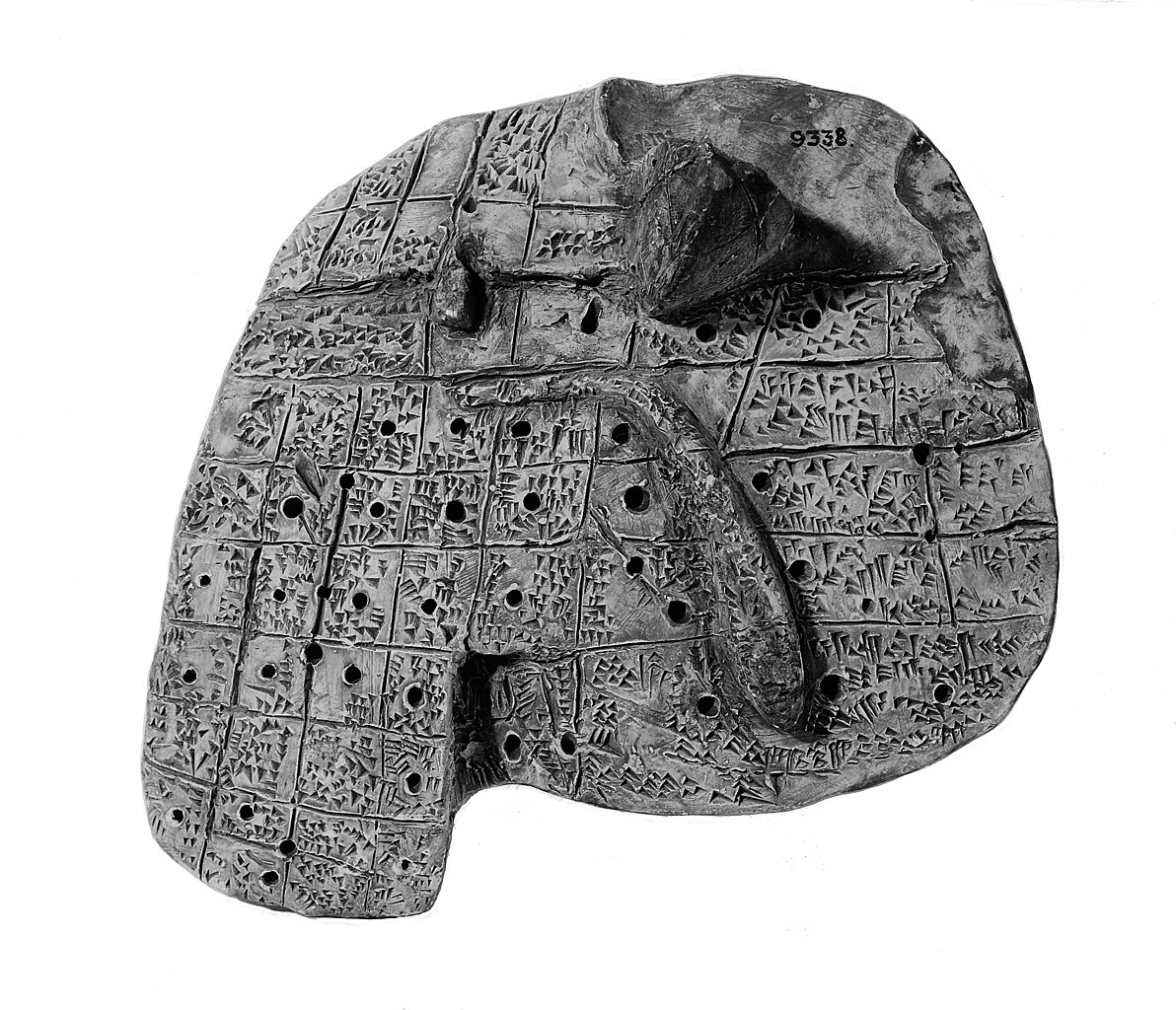 Wikimedia Comons , https://wellcomeimages.org/indexplus/image/M0011147.html
Wikimedia Comons , https://wellcomeimages.org/indexplus/image/M0011147.html
9. Miracle Elixir
In the 18th and 19th centuries, medicinal potions were popular as a cure-all for everything from the flu to an upset stomach. Most of them were made of nothing more than sugar water, useless herbs, and extracts of hard drugs. It was common for those remedies to contain cocaine, morphine, heroine or alcohol. In 1906, though, the Pure Food and Drug act largely put an end to the patent medicine business.
Not that the intervention stopped money-hungry companies from making dubious medicinal claims about their pseudo-scientific concoctions: homeopathic remedies, for example, have annual sales in the United States of about 6.8 billion dollars. Despite, of course, little-to-no scientific evidence of their effectiveness as a medicinal agent.
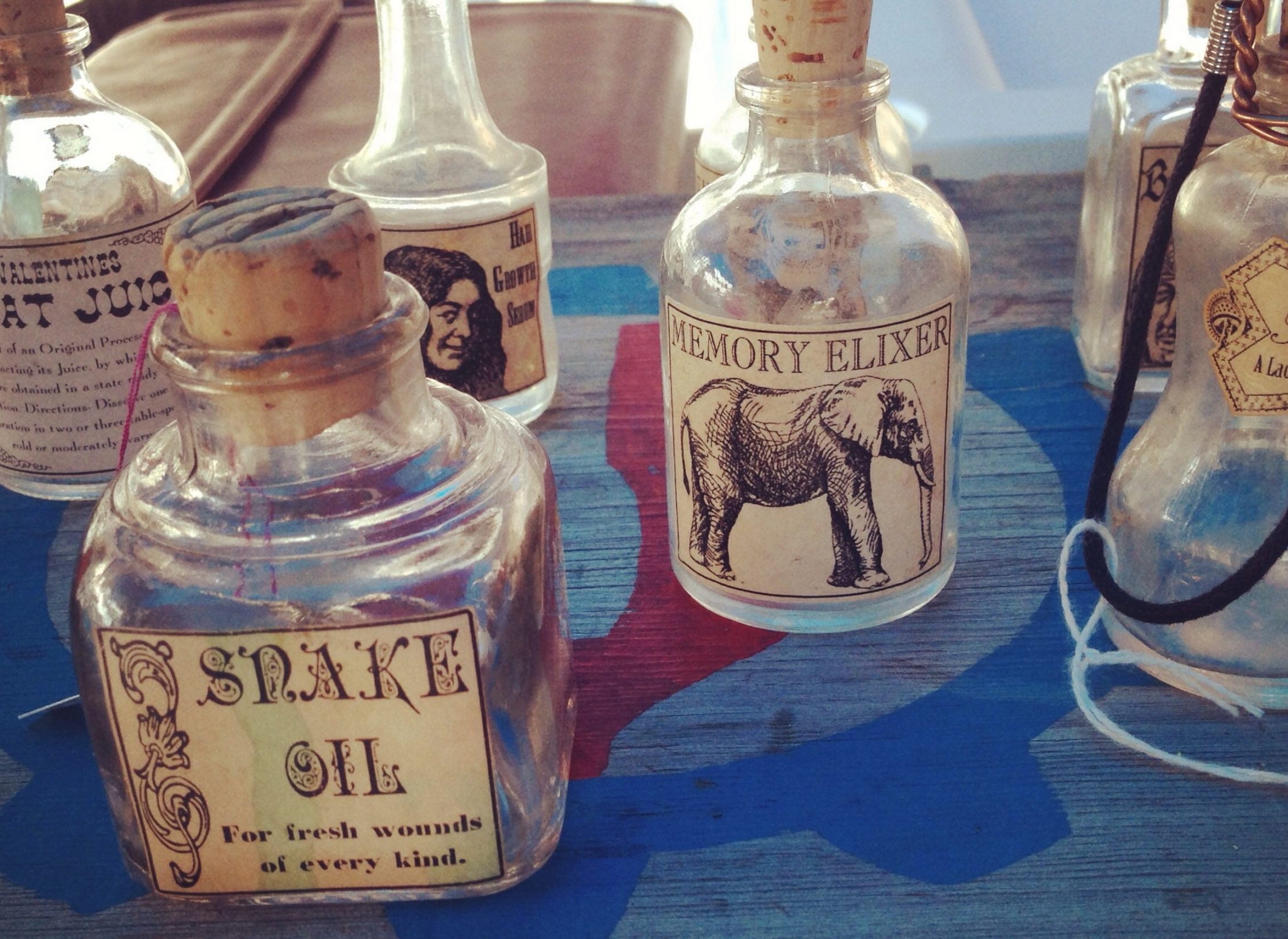 Wikimedia Commons, Wesley Fryer
Wikimedia Commons, Wesley Fryer

History's most fascinating stories and darkest secrets, delivered to your inbox daily.
10. That’s Uncomfortable
The Irish monk St. Fiacre was believed to protect people from maladies such as hemorrhoids. If a person chose not to pray to him and came down with them, they’d be sent to the monks who would put a red-hot poker up their behinds. Alternatively, they could sit on St. Fiacre’s famous rock where he was said to have been miraculously cured of his own hemorrhoid’s. Later treatments such as sitting in a hot bath thankfully replaced the searing poker and the rock.
11. Just Cut Off Their Tongue
Hemiglossectomy (a procedure that removes a portion of the tongue) was used by doctors in the 18th and 19th centuries as a cure for stuttering. The treatment not only proved to be completely ineffective but also caused terrible bleeding, and patients often bled to death. Today, the procedure is used as a treatment for oral cancer, often performed under general anesthesia with the use of clotting agents.
12. Chicken Rub
In the 1300s, an English doctor by the name of Thomas Vicary invented a treatment for The Black Death called “The Vicary Method.” The practice involved shaving a hen’s butt and strapping the live bird’s rear to the patient's swollen lymph nodes. The bird’s butt was believed to soak up the poison. Each time the bird became ill, it was removed, cleaned, and then reattached. This process would be repeated until the patient’s health improved, or until the bird, or more likely the patient, died.
13. Medical Vibrators
At the end of the 19th century, electromechanical medical instruments were used to bring female patients to orgasm as a treatment for hysteria, which caused weight gain, trouble sleeping, and nervousness. Ads for the primitive vibrators could be seen in the Sears, Roebuck and Company catalogue.
14. The Original Botox
19th century doctors used to use paraffin wax injections (the same wax used in candles) to smooth out wrinkles and to augment breasts. Unfortunately for the patients, as the wax hardened, it formed into thick, painful lumps called paraffinomas. Once these effects became widely known, the treatments ended.
15. Eternal Life and Vitality
Mercury was once a popular medical treatment. The ancient Persians and Greeks used it as an ointment, and Chinese alchemists believed it could increase lifespan and vitality. Some healers even thought that through consuming mercury, arsenic and sulfur, one could gain eternal life and be able to walk on water. Later, it was used to treat sexually transmitted diseases like syphilis. Not only did this not work, but mercury is extremely poisonous. The symptoms of mercury poisoning include muscle weakness, poor coordination, numbness in the hands and feet, skin rashes, anxiety, memory problems, impaired intelligence, trouble speaking, trouble hearing, trouble seeing, and even death at high levels of exposure.
16. Crocodile Contraceptive
In ancient Egypt, crocodile dung was the contraceptive of choice. Women inserted dried crocodile dung into their vaginas, and the idea was that as it reached body temperature, it would soften and form an impenetrable barrier. Tree sap, lemon halves, cotton wool and sea sponges were also used.
17. Moldy Bread
Dating as far back as ancient Egypt, moldy bread was used to disinfect cuts. Several centuries later, Louis Pasteur discovered that certain kinds of fungi can block the growth of disease-causing bacteria, and it led to the discovery of penicillin.
18. A Dose of Vitamin D
An early treatment for tuberculosis involved standing around a strong lamp or light source. The belief was that the light would simulate the sun and boost vitamin D, which would fight the infection. Light therapy is a common treatment today for illnesses such as depression, skin disorders and Seasonal Affective Disorder, but vaccines made heliotherapy for TB obsolete.
19.Strange Brew
Angelo Mariani, a 19th century Italian chemist, created a brew that he named Vin Mariani. The tonic was “healing wine” treated with coca leaves. It became a popular favorite, and ads claimed that the drink was endorsed by 8000 doctors, and was ideal for all kinds of men, women, and even children. Famous figures such as Thomas Edison, Queen Victoria, and even the Czar of Russia used it, and it even inspired John S. Pemberton to develop Coca-Cola.
20. I’m Gonna Eat Some Worms
An early 20th-century weight-loss method was the tapeworm diet.
The patient would ingest tapeworms in the hope that it would eat some of what they ate. Perhaps unsurprisingly, many patients experienced malnutrition, nausea, vomiting, and even death.
Odd that intentionally ingesting a paresite would prove to be bad for your health...
21. Corpse Medicine
A long time ago, physicians may have prescribed a potion containing human flesh, blood or bone. Ancient Romans believed that the blood of fallen gladiators could cure epilepsy, and 12th-century apothecaries kept a stock of “mummy powder,” an extract made from ground-up mummies robbed from Egypt. These medicines were thought to have magical properties that could cure various types of illnesses.
22. Marry Young & Bear Children
Ancient Greek doctors thought that a woman’s womb was a separate creature with a mind of its own. If a woman remained celibate for too long, it could dislodge and wander around her body, causing suffocation and seizures. To prevent their wombs from “wandering,” women were told to marry young and bear as many children as possible. If the womb had already broken free, they were treated with therapeutic baths, infusions and massages to force it back into place.
23. Sympathetic Magic
In the 17th century, Sir Kenelm Digby’s “Powder of Sympathy” was used as a treatment for rapier (sword) wounds. It was made of earthworms, pigs’ brains, rust, and mummified corpse pieces ground into powder. The strange concoction was supposed to somehow convince the wound to heal itself in a process called “sympathetic magic.”
24.The First Knock-Out Drug
Before anesthesia became common, a popular means of knocking out patients was with “dwale.” The mixture was a herbal anesthetic made up of seven ingredients: lettuce, vinegar, hemlock, opium, henbane, bryony root, and bile. If mixed incorrectly, the patient could die, making the knockout as dangerous as the surgery. Nevertheless, dwale was popular between the 12th and 15th centuries, and is referenced in Hamlet.
25. Fight Fire with Fire!
One early treatment for syphilis was intentionally infecting people with malaria. Doctors believed that the fever from the malaria would kill off the syphilis, and the malaria would be cleared up by a different treatment. The malaria definitely killed something, but it was usually the patient, not the disease.
26. A Special Kind of Vitamin
Hitler’s doctor used to lace his vitamin injections with methamphetamine (crystal meth), and these injections used to keep him “fresh, active, cheerful, talkative, and immediately ready for the day.” Some historians now believe that Hitler’s meth addiction might have been one of the reasons for his rigid tactics in the later part of WWII.
27. Give It to Me, Necro-Baby
Ancient Babylonians believed that most illnesses were the result of demonic forces or punishment by the gods for misdeeds. Doctors would recommend sleeping by a human skull for a week to exorcize the spirit. To make sure it worked, they were also instructed to kiss and lick the skull seven times each night.
28. Jaws Pills
In the 1950s, theories about the healing powers of shark cartilage pills ran rampant, and they were even used as an alternative treatment for cancer. Recent studies have found no evidence that they have any effect on health, but many sharks have been killed in the name of medicine.
29. Harmless Unless Ingested
DDT—a powerful synthetic pesticide was actually used as an effective treatment for lice. It was sprayed directly on people, clothing, and sometimes over cities.
 Flickr, R6, State & Private Forestry, Forest Health Protection
Flickr, R6, State & Private Forestry, Forest Health Protection
30. Just a Small Hole
Trepanning was the practice of drilling a small hole into the skull to expose the outer membrane of the brain. It was believed to cure epilepsy, migraines and mental disorders by alleviating pressure. It was also a common treatment for skull fractures and physical blows to the head in combat. Due to the unsterile environments the brain was exposed to, it was usually fatal. The practice of drilling into the head to relieve pressure is still used, but with better tools and conditions than during the Middle Ages.
31. Blast those Zits Away
In the 1960s, doctors experimented with using radiation as a treatment for severe acne. Other experiments included radiating the heads of children, feeding radioactive material to mentally disabled children, and exposing U.S. soldiers and prisoners to high levels of radiation.
32. Suspension and Bracing
Dr. Lewis Albert Skye was a 19th century orthopedic surgeon who introduced the method of suspending the patient as a treatment for scoliosis (a sideways curve of the spine/backbone). He believed that the suspension would correct the distortions, but heavy criticism of the treatment led to its demise.
33. What’s on Your Face?
A treatment for WWI Veterans involved having part of their skin sewn into a tube and temporarily placed on their noses as a reconstructive treatment. As crazy as it looked, the procedure did lead to what’s now known as skin grafting.
34. Poop
As recently as the 19th century, animal waste was used to cure various injuries and illnesses. One Victorian remedy to cure a sore throat included dried dog dung, and the ancient Egyptians used donkey, cow, dog, gazelle, or fly dung for various purposes. Sometimes the bacteria in the dung healed the patient, and sometimes it led to tetanus.
35. The Dead Mouse Cure
Dating back to Ancient Egypt, dead mice were used for medicinal purposes. Originally, they were blended with other compounds to ease toothache pain. In the time of Elizabeth I, they would cut a mouse in half and apply it to their spots to cure warts. They were also used to treat whooping cough, measles, small-pox, and bed-wetting.
36. Take a Whiff
Some doctors in the 1600s encouraged their patients to fart in jars as a treatment for exposure to the bubonic plague. The plague was thought to have been a deadly vapour spread through breathing in the atmosphere, and doctors thought that if the patient could dilute the air by breathing in something equally potent, it might reduce the chances of contracting the illness.
37. Cutting Teeth
In 16th century France, when a baby started teething, doctors would slice open the tissue over the teeth with a scalpel to let the teeth come through. A lack of sterile tools and the trauma inflicted on young children often resulted in death.
38. Eating Clay
It was common practice in ancient Greece to eat a particular kind of clay that was found on the island Lemnos called terra sigillata. Clay disks were imported for treatment of stomach problems and diarrhea. While most people no longer consume clay, kaolin and bentonite are two elements found in the clay that are used in modern medicine.
39. Pee
Human urine was used or a variety of purposes in ancient times. The ancient Romans are said to have whitened their teeth with it, which actually worked because ammonia is a bleaching agent. Yummy. Urine was also used to treat black death sores. As crazy at it sounds, there may be some scientific basis for this treatment as urine is sterile when it leaves the body, and may have been a healthier alternative to water at the time.
40. The Virgin Cure
In the early 16th century, wealthy and powerful men believed they could cure STDs by having sex with virgins. Sadly, the practice continues in some parts of the developing world, resulting in sex crimes and the spread of STDs in these regions.
41. Tilt-a-Whirl
The whirling chair was used in the 19th century to treat schizophrenia. The chair was modified with a spring and lever system that would spin patients until they passed out. The spinning was believed to cure mental illnesses by shuffling the contents of the brain.
42. A Royal Treatment
An edible cure for the black plague was swallowing a spoonful of crushed emerald powder. Kings had their workers grind down the gems into a powder, and mix it with water. They could also be mixed with bread or other food and eaten. This was basically like swallowing broken glass, and patients risked lacerations on their throat, and faced risks of internal bleeding.
43. Goat Nads
Despite having no medical qualifications, in the early 1900s, Dr. John Brinkely became one of the wealthiest doctors in America for his claims that he could cure impotence and other sexual problems by using goat testicles to remedy the maladies. He would implant goat testicles into a man’s scrotum. There was no scientific merit to the procedure, and many patients died.
44. Addictive Cough Remedy
Heroine was once believed to be less addictive than morphine, and was seen as a miracle cure for tuberculosis. Pharmaceutical company Bayer also marketed the product as a cough syrup, which was marketed as safe for children in the 1890s. In fact, there was even a campaign that ran in Spanish newspapers that targeted children. As hospitals started to become crammed with patients who were now addicted to heroin, Bayer decided to stop making it.
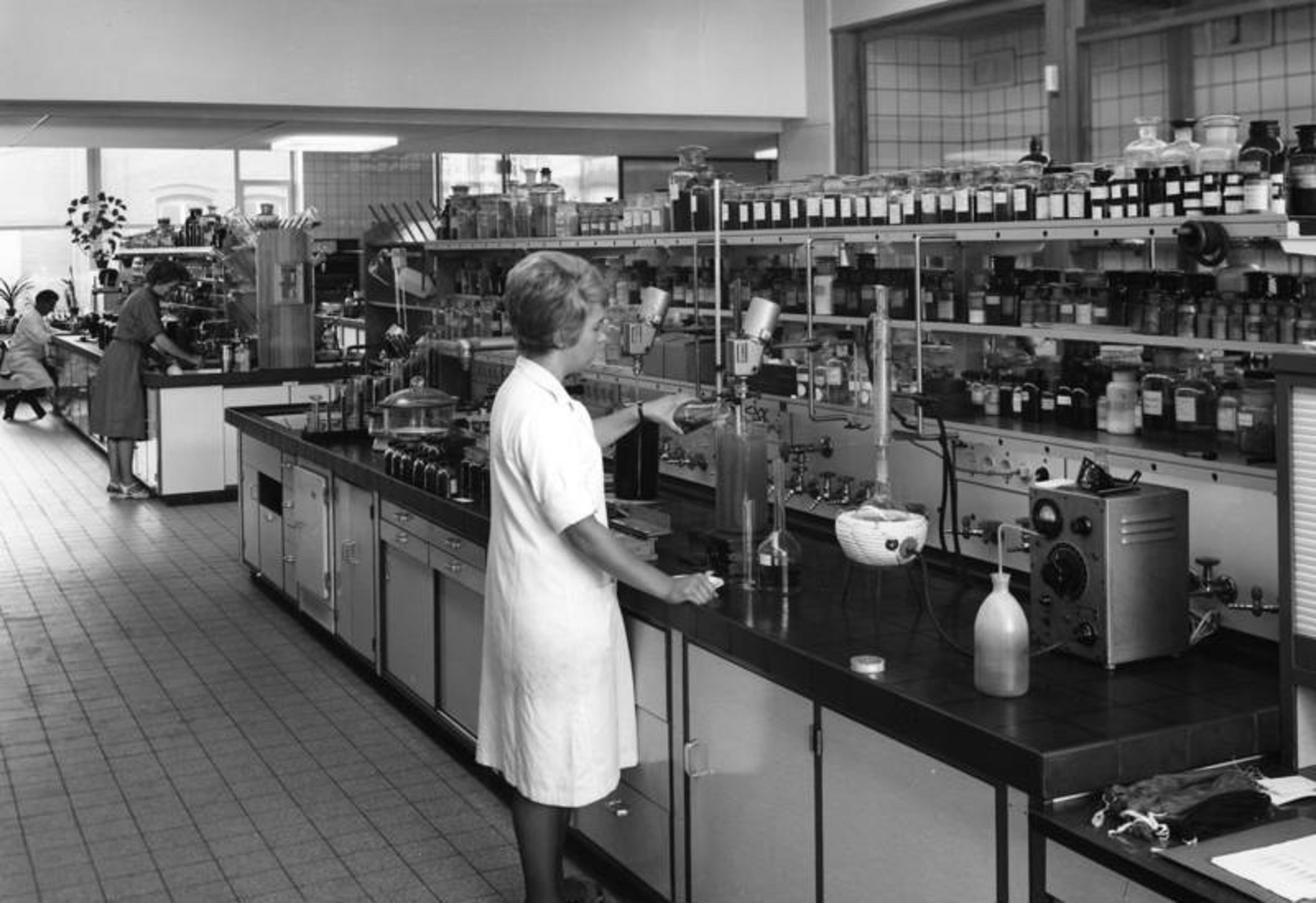 Wikimedia Commons, Bundesarchiv, B 145 Bild-F093354-0001
Wikimedia Commons, Bundesarchiv, B 145 Bild-F093354-0001

